The case for not running a marathon: In New York or elsewhere, why 26.2 is not for you

On Nov. 6, approximately 50,000 amateurs and professionals will compete in the New York City Marathon, which is the world’s largest. The race, now in its 46th running, showcases the beauty and heterogeneity of the nation’s largest city and beyond that, the pluck and perseverance of its residents. It provides noncompeting New Yorkers the opportunity to witness the pinnacle of athletics from their sidewalks. And as any marathon does, it testifies to the indomitable human body spirit, and those running it ought to be celebrated as fearless and steely and exemplary. And demented and psychotic and nuts!
What could they possibly be thinking, running 26.2 miles? Never mind the schlep to the starting line in Staten Island, never mind the cold—the average temperature in New York on Nov. 6 is about 50 degrees. It’s the distance that’s galling. The A train, New York’s longest subway line, is only 32 miles long. Hardly any New Yorker would voluntarily ride the A for its entire length. Who would run it?
Become a better runner with this wearable that tracks your hip and pelvic motion
Sure, New York is a famously tolerant metropolis, allowing all sorts of unusual practices its people favor. (“Give me your tired, your poor, your huddled masses yearning to breathe free...”) Downtowners wear black leather whatever the weather. Bars’ last call comes at 4 a.m., more than a few ticks past a reasonable hour. And New York even permits its residents to cheer for the Jets.
But any resident would also concede that the three-term mayoralty of Mike Bloomberg (2002-13) tweaked the city’s volksgeist. He banned trans fats and smoking in bars; he would have banned sodas greater than 16 oz. had a judge not struck it down. New Yorkers were now encouraged to do not anything they wanted but only what was good for them, what made sense.
Classic SI shots of the New York City Marathon
1978
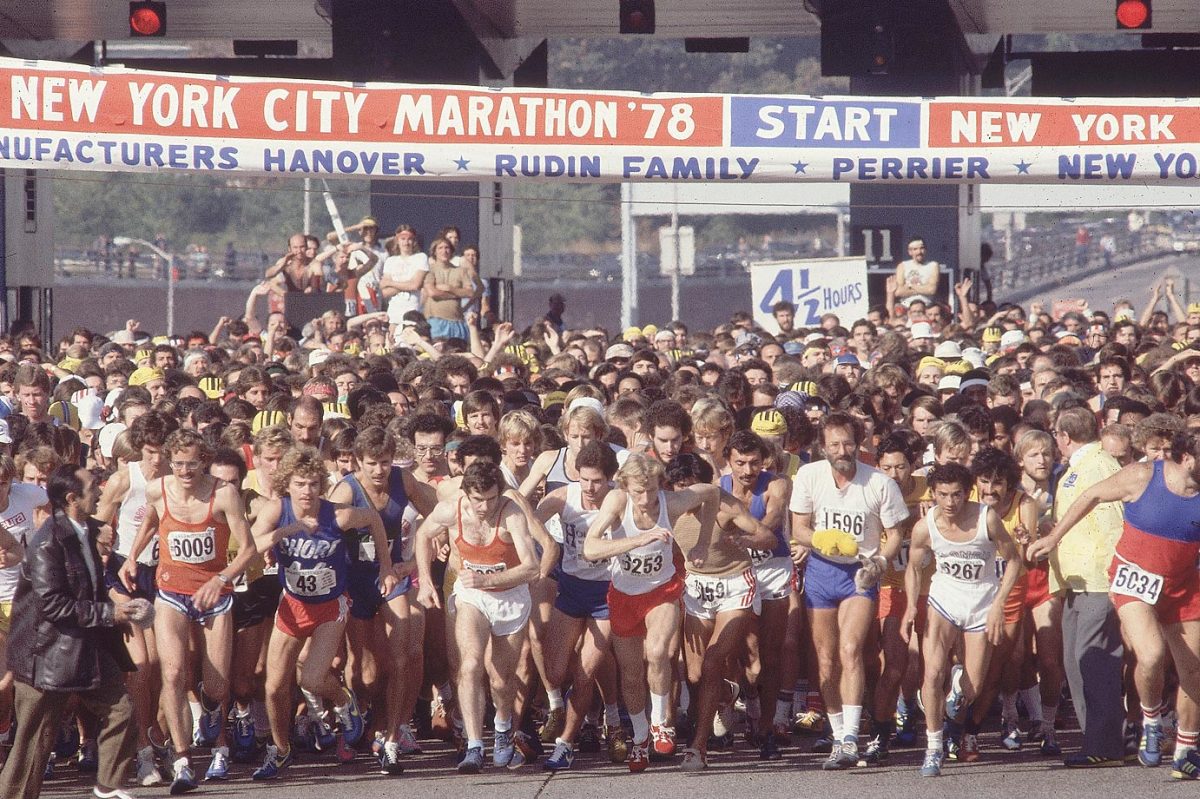
1979
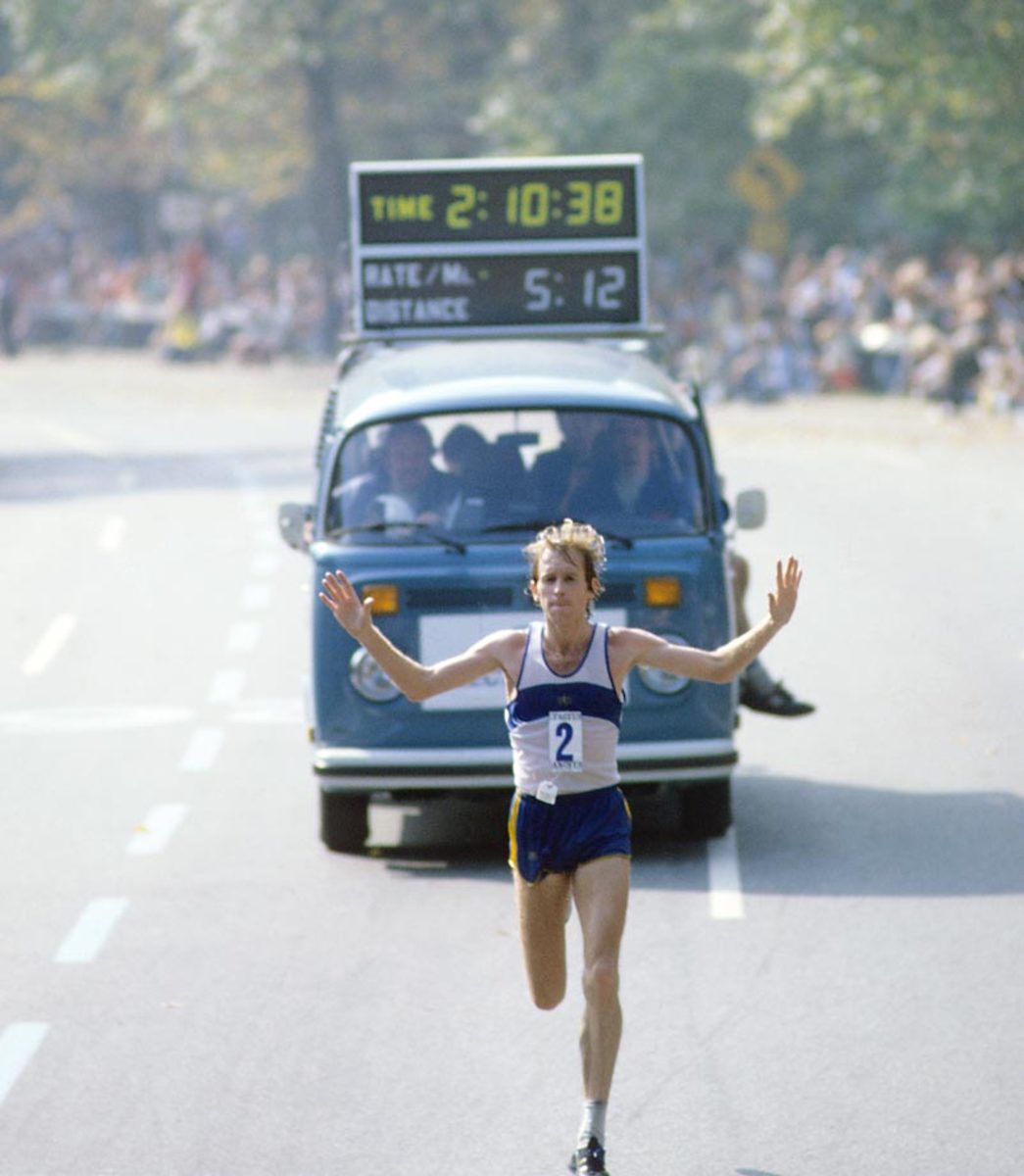
Bill Rodgers
1979
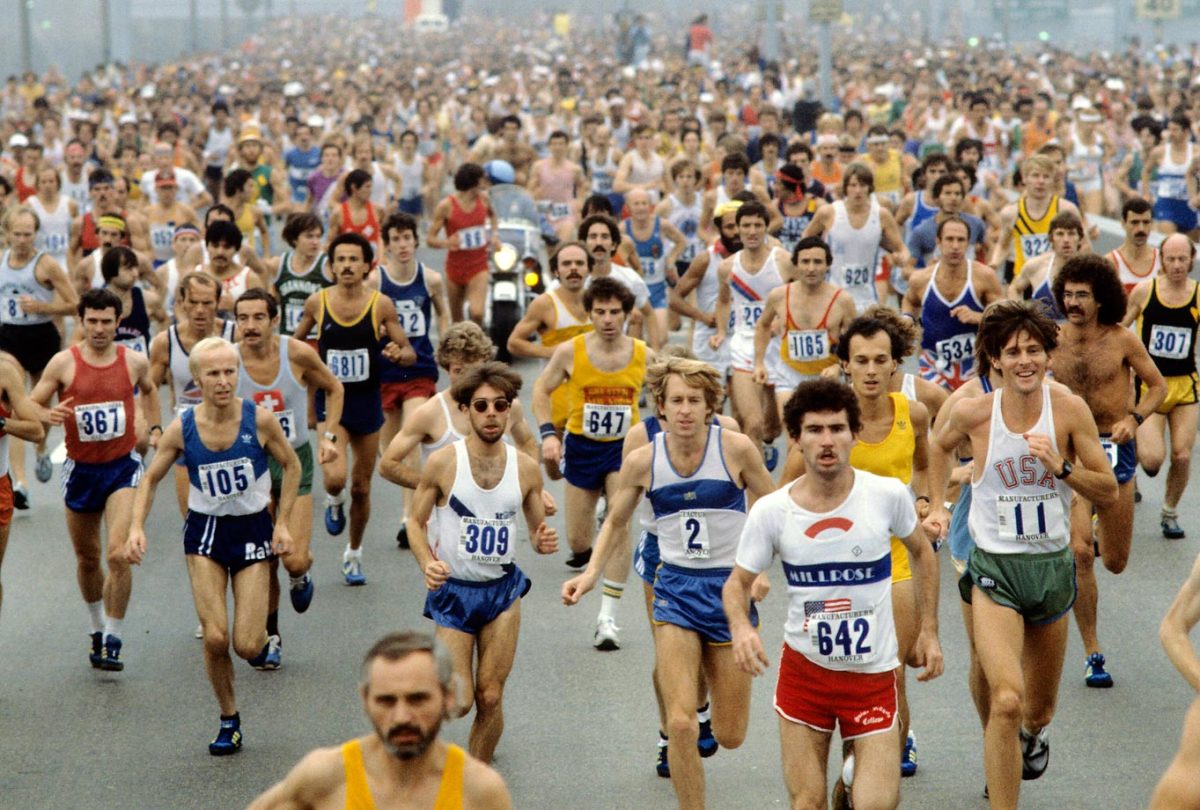
1980
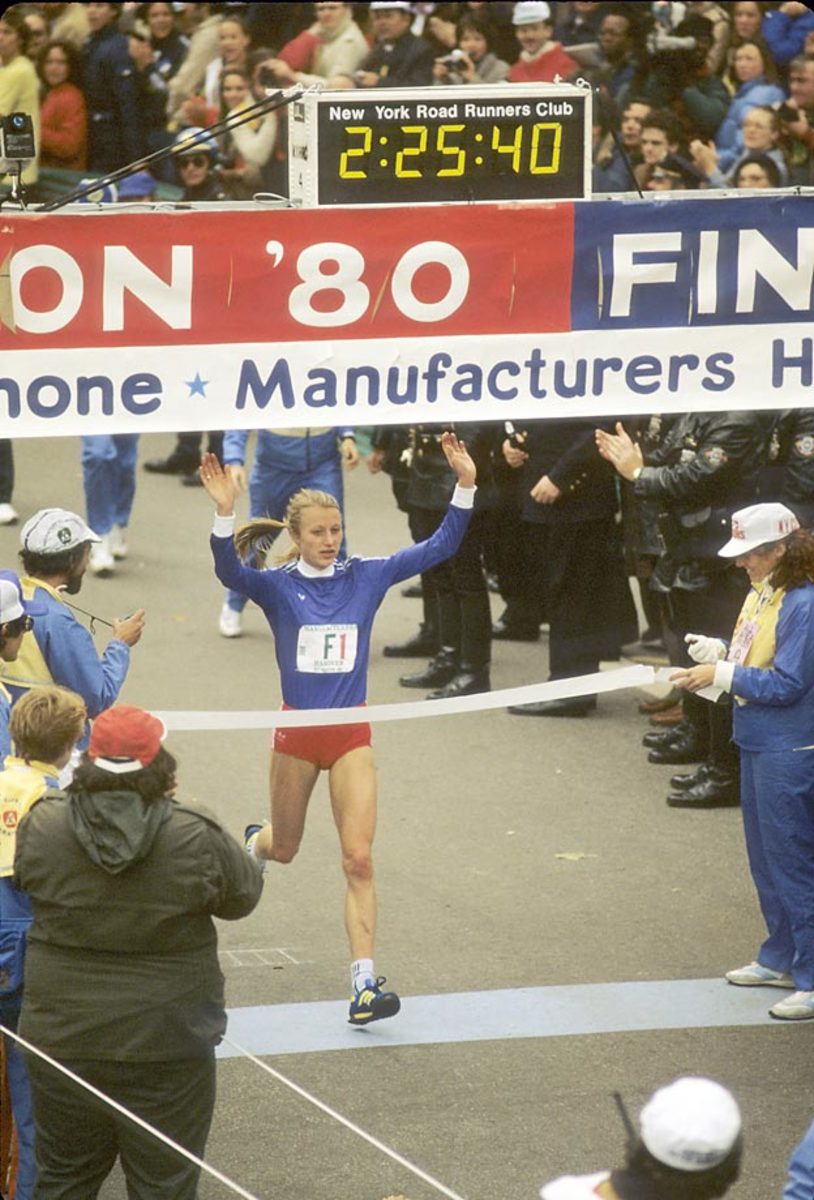
Grete Waitz
1980
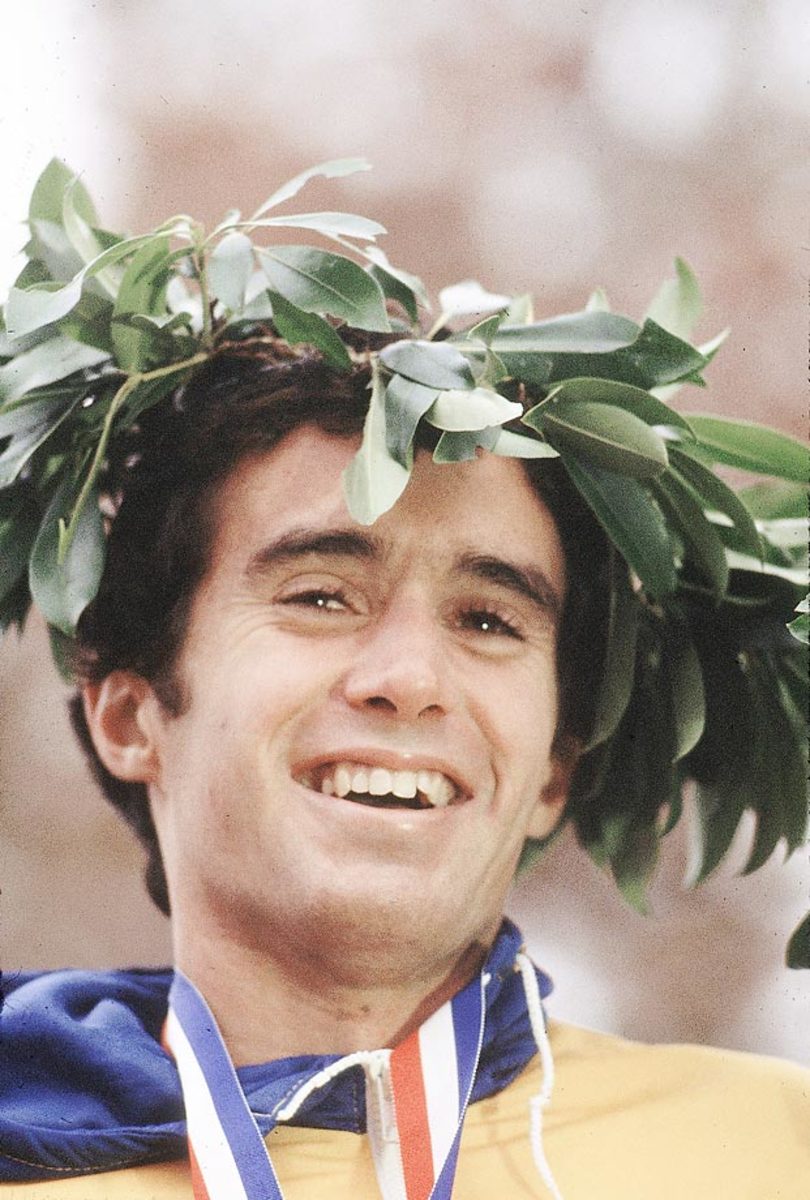
Alberto Salazar
1981
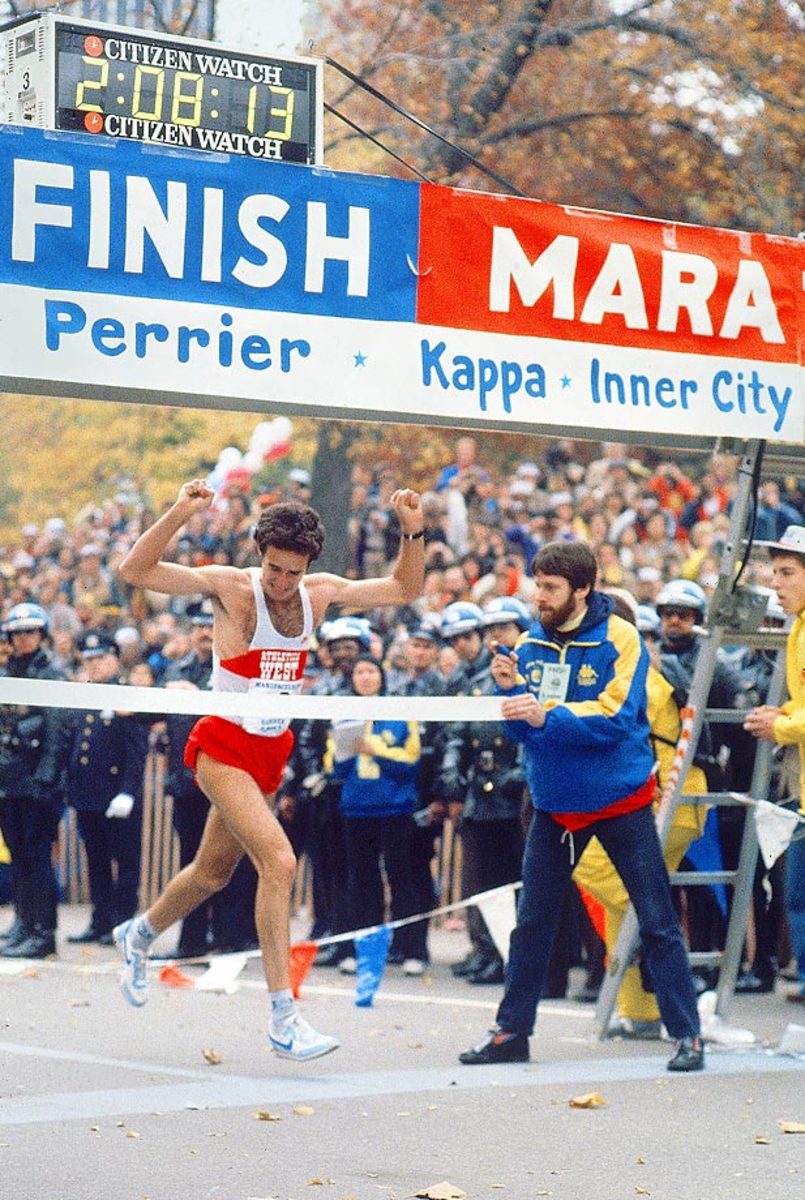
Alberto Salazar
1983
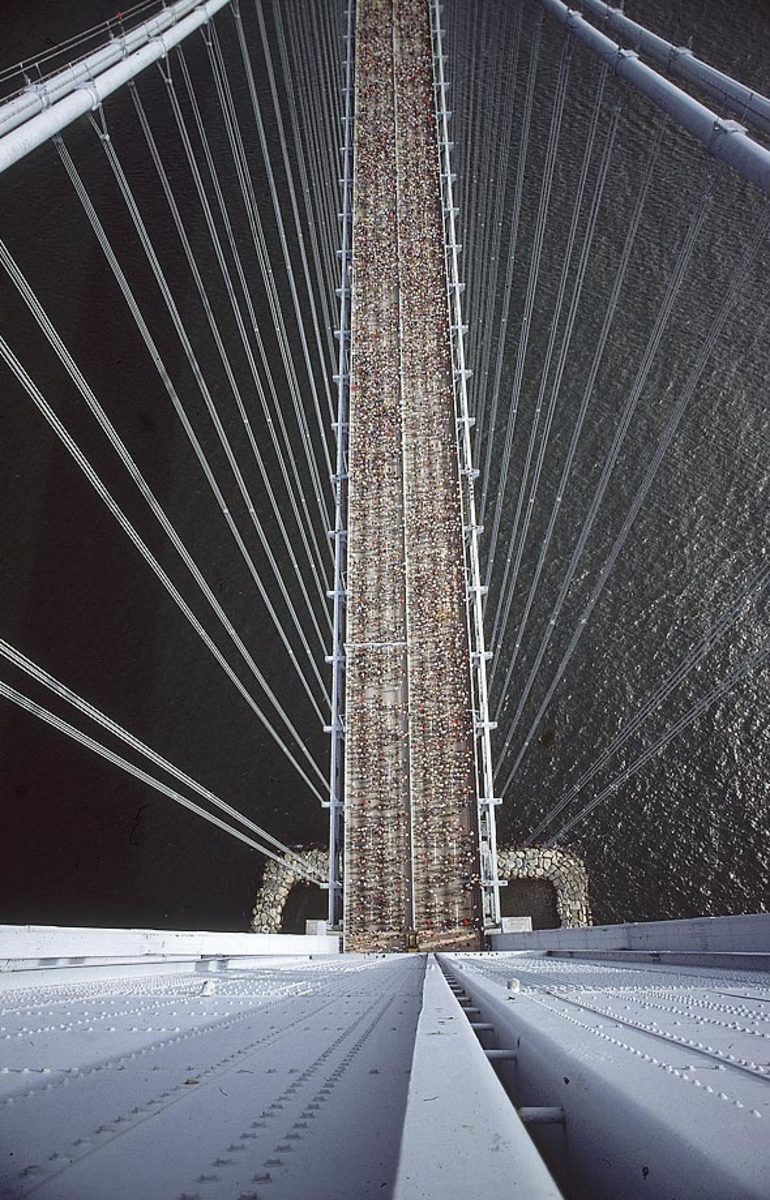
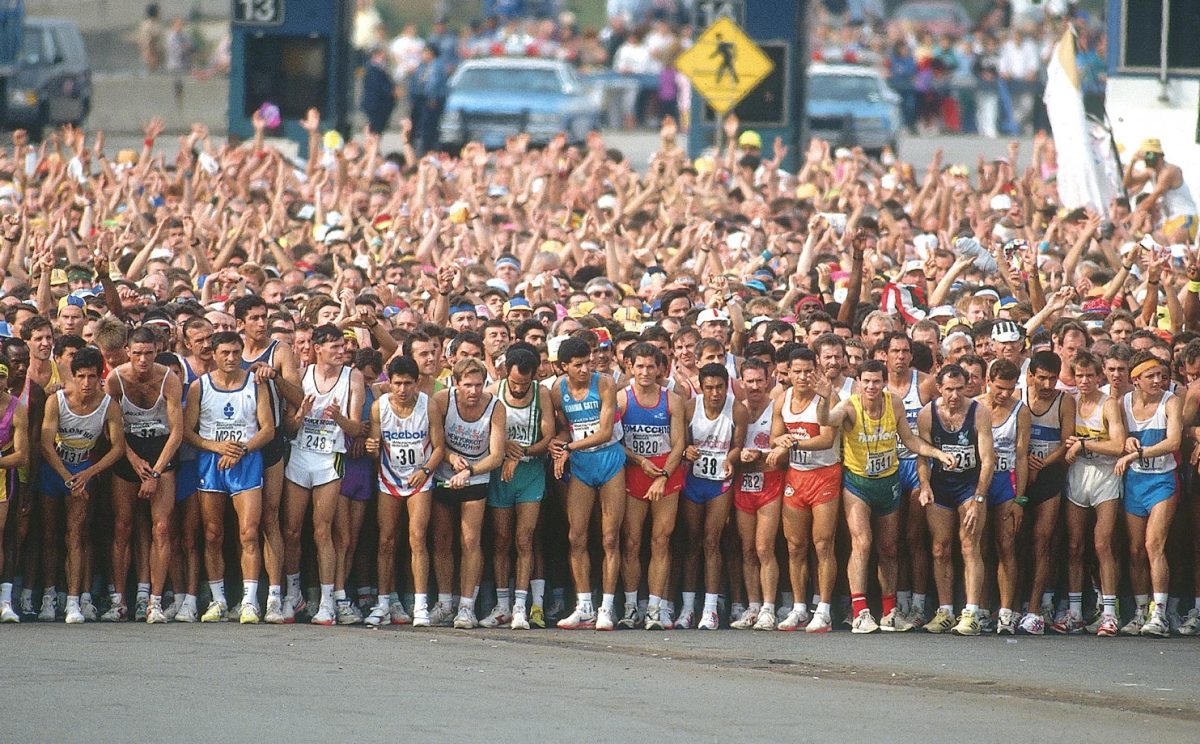
1992
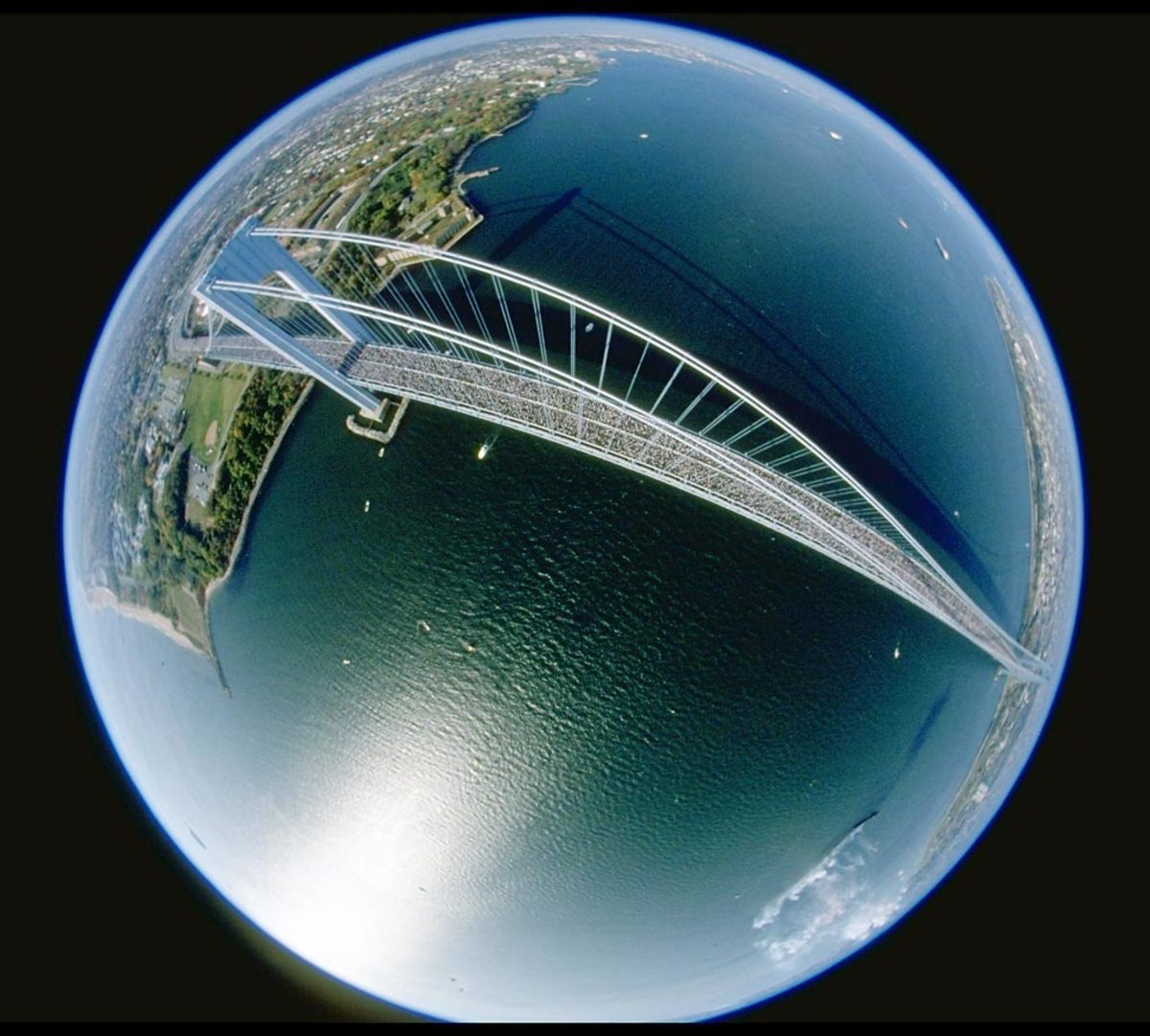
Verrazano Narrows Bridge
1992
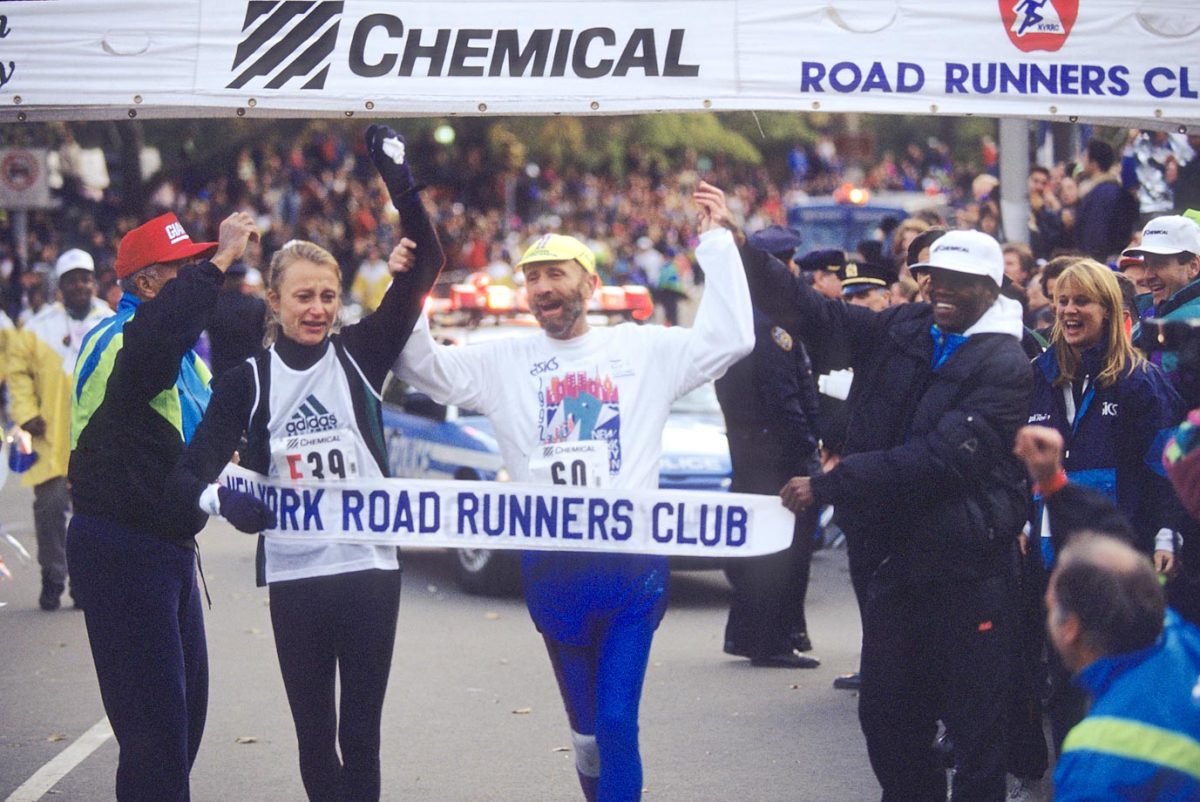
Grete Waitz and Fred Lebow
1995
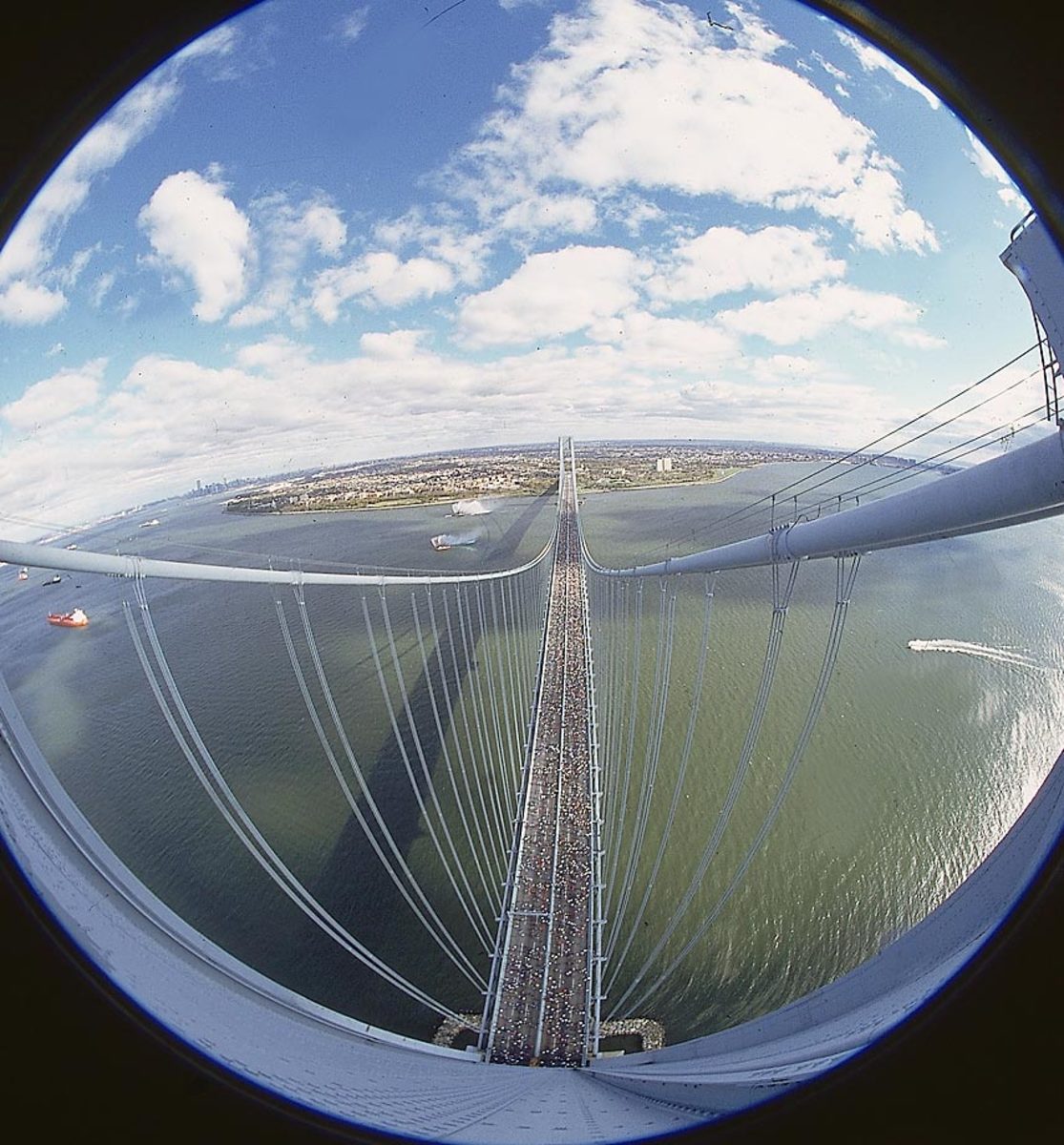
2003
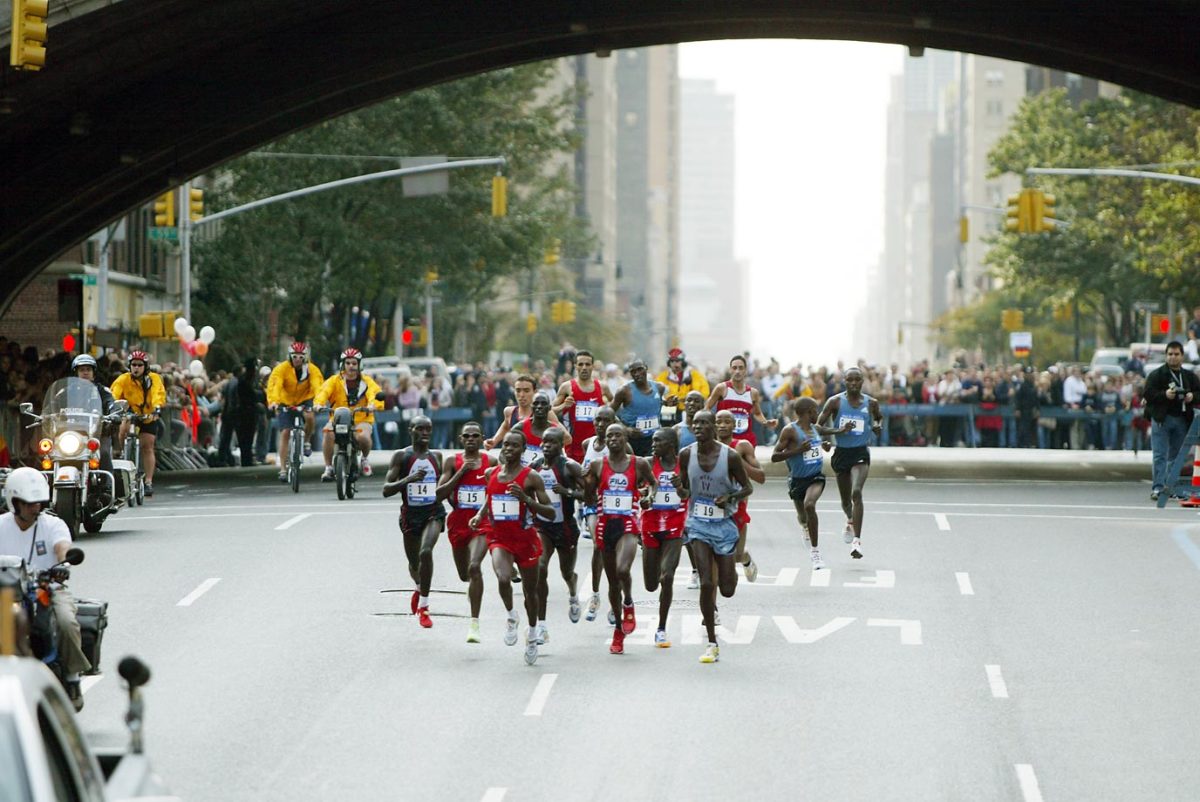
2003
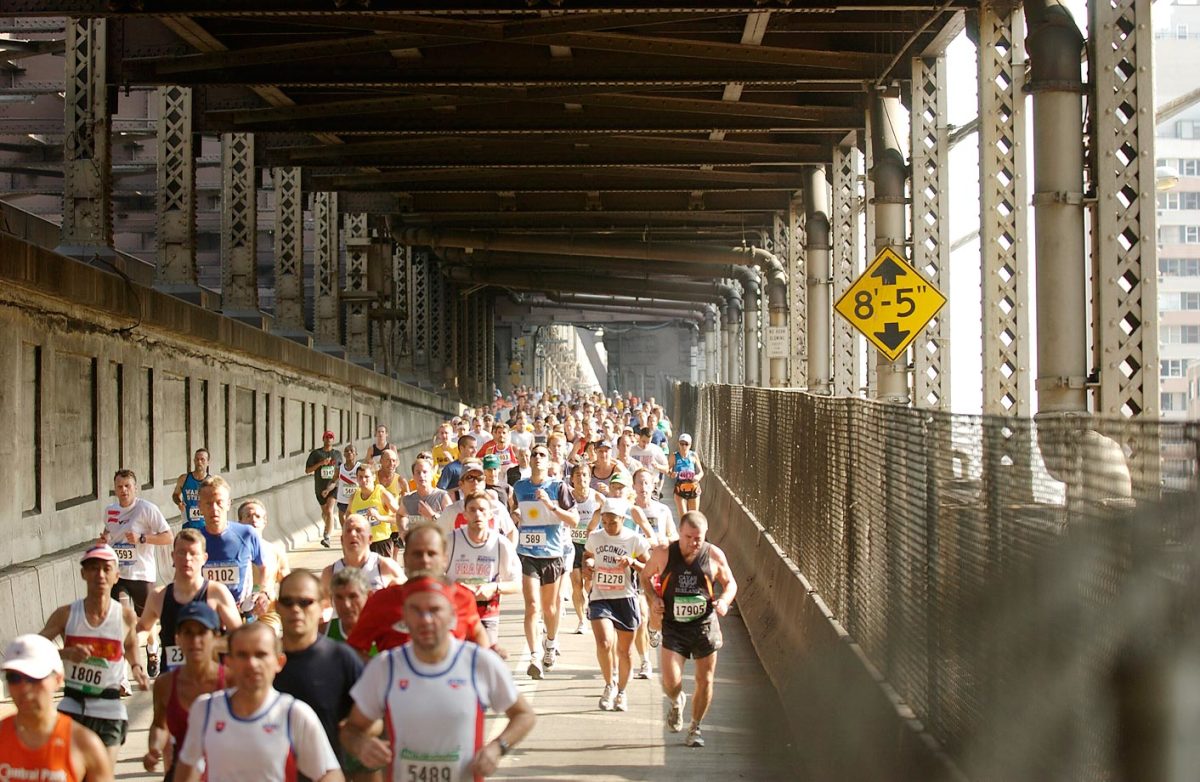
2004
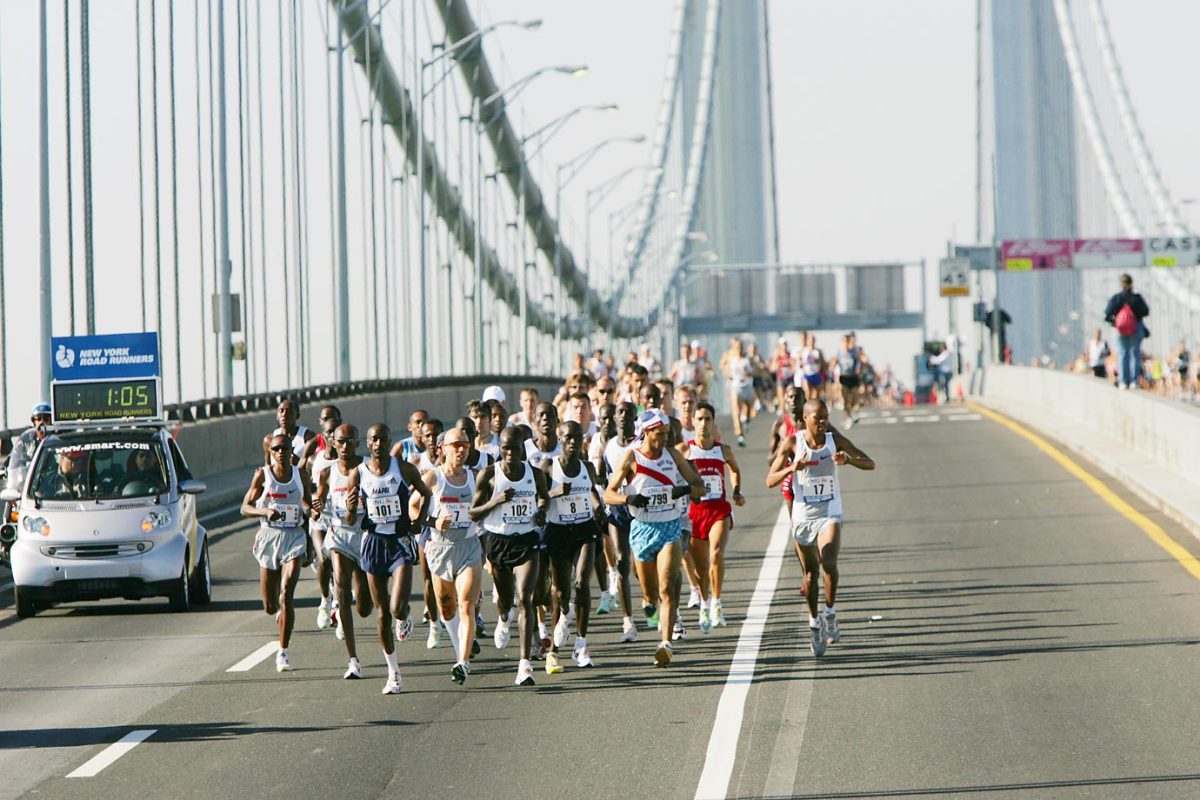
2004
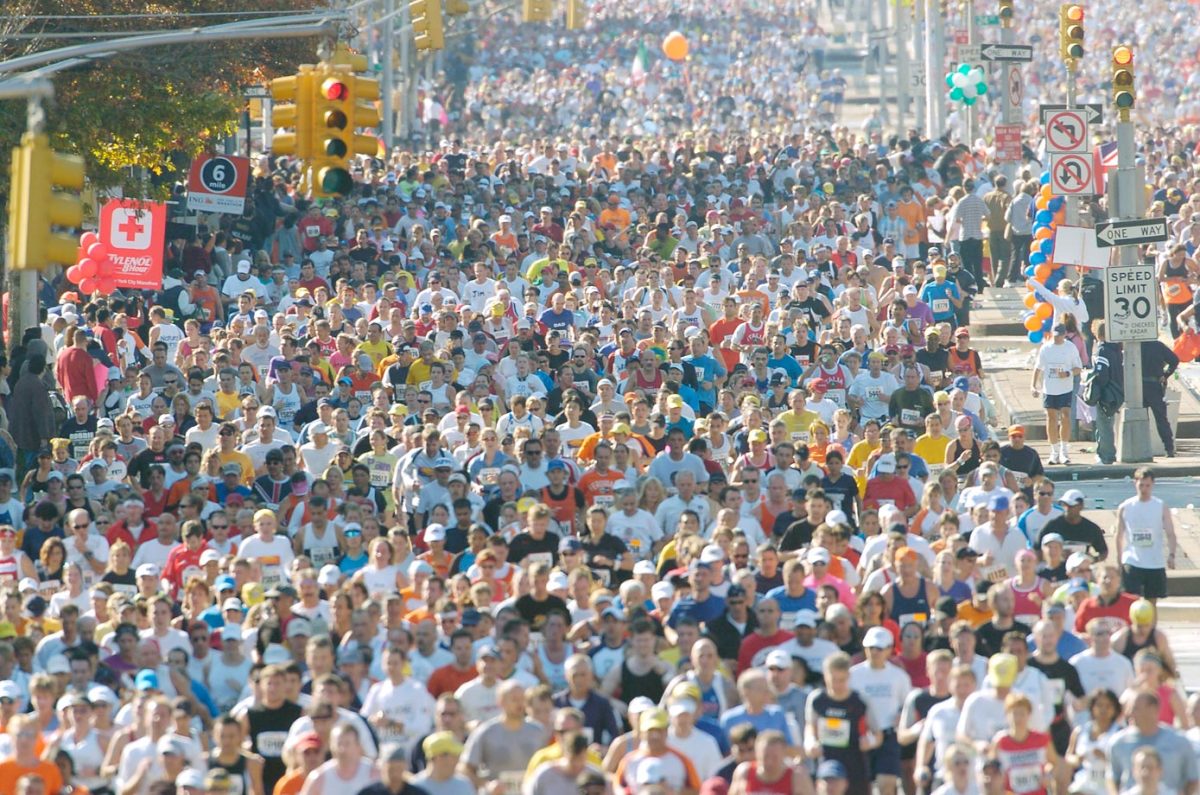
2005
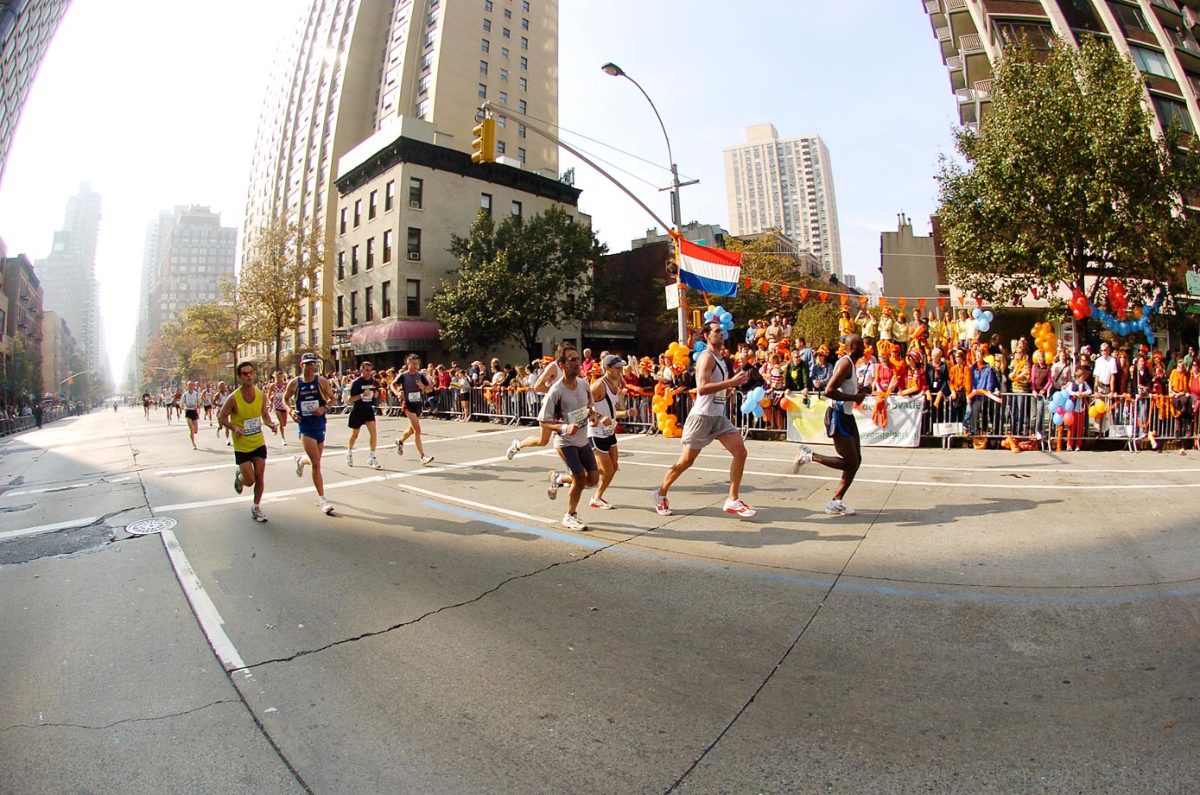
2005
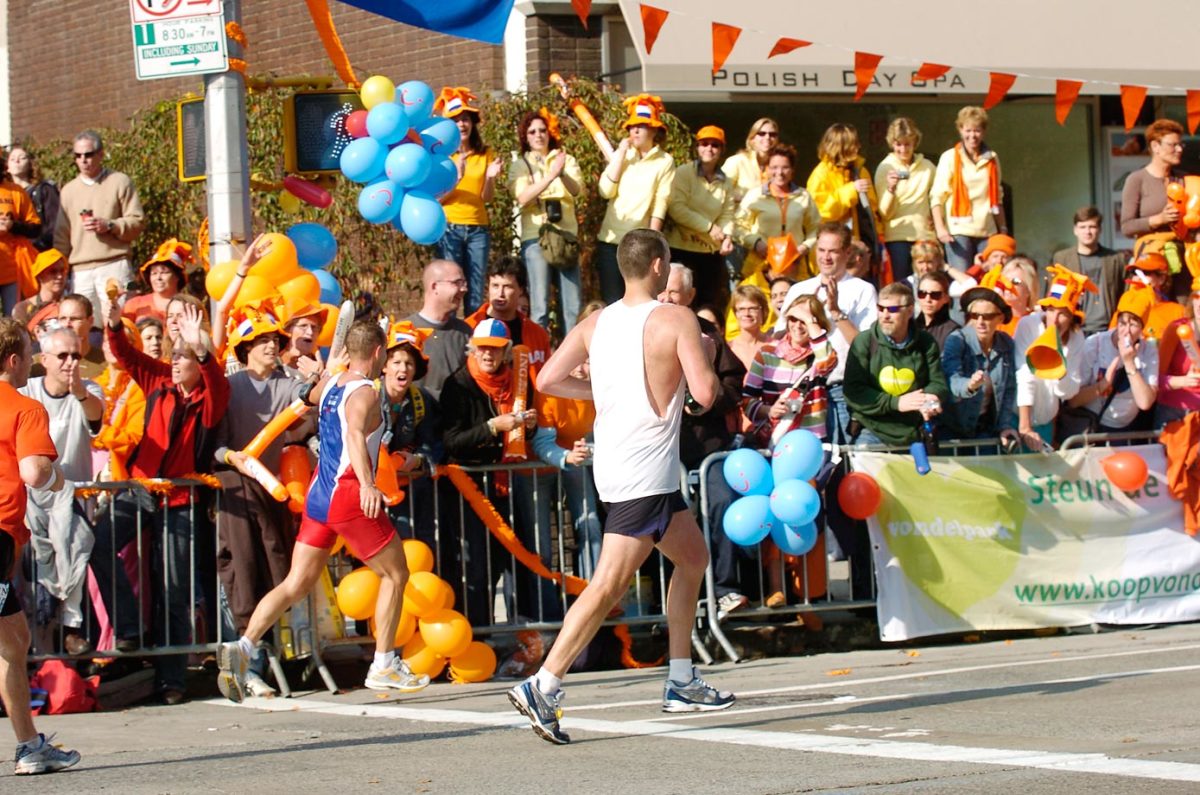
2005
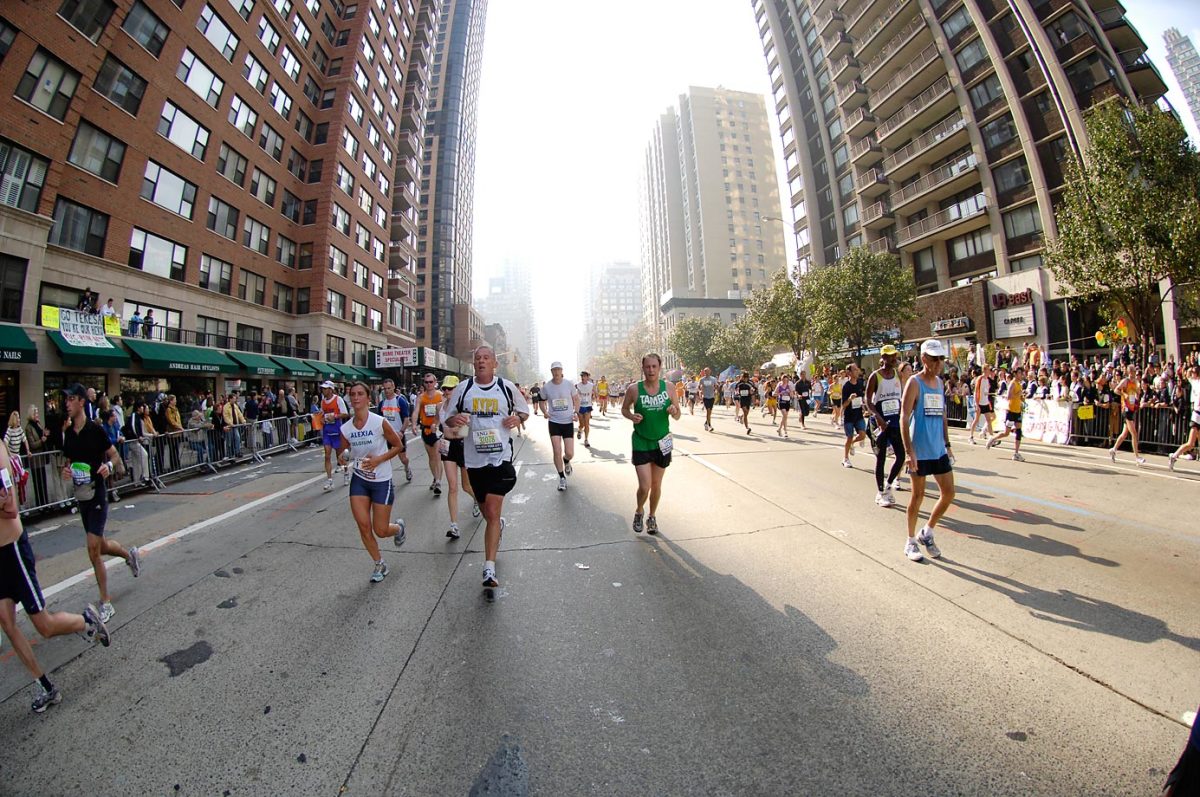
2005
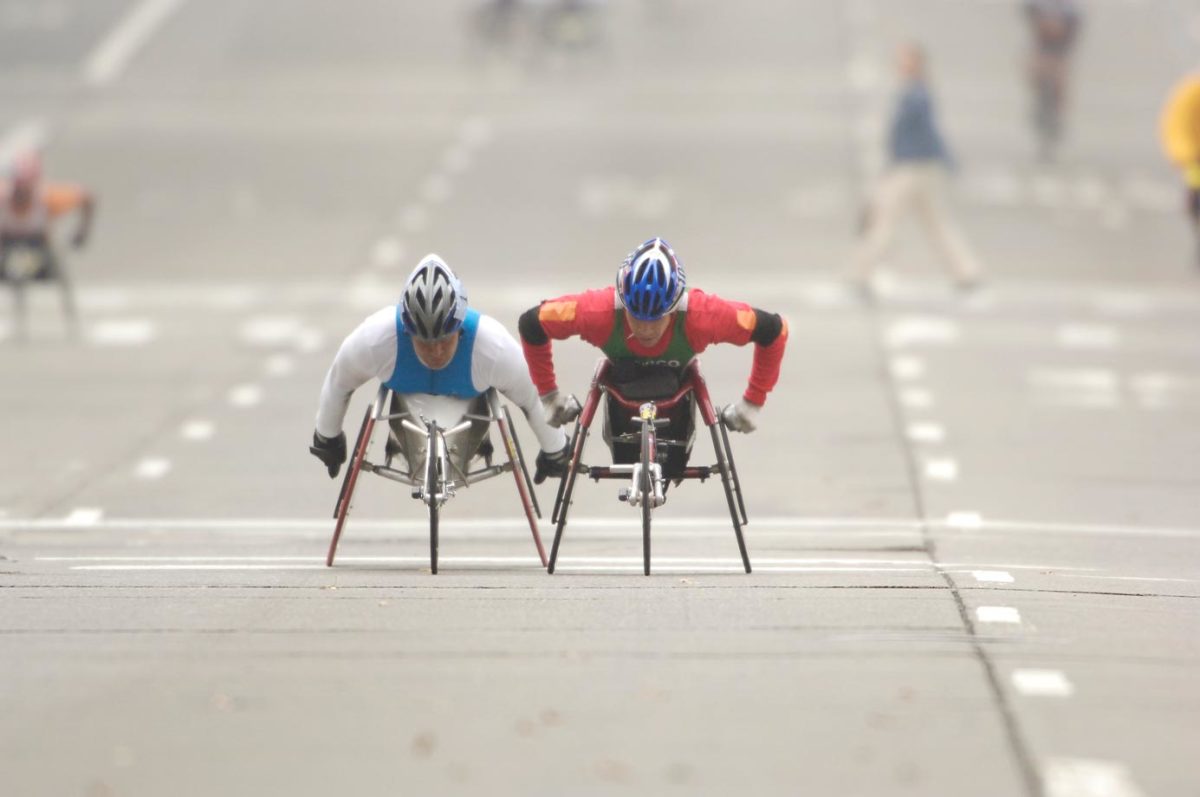
2005
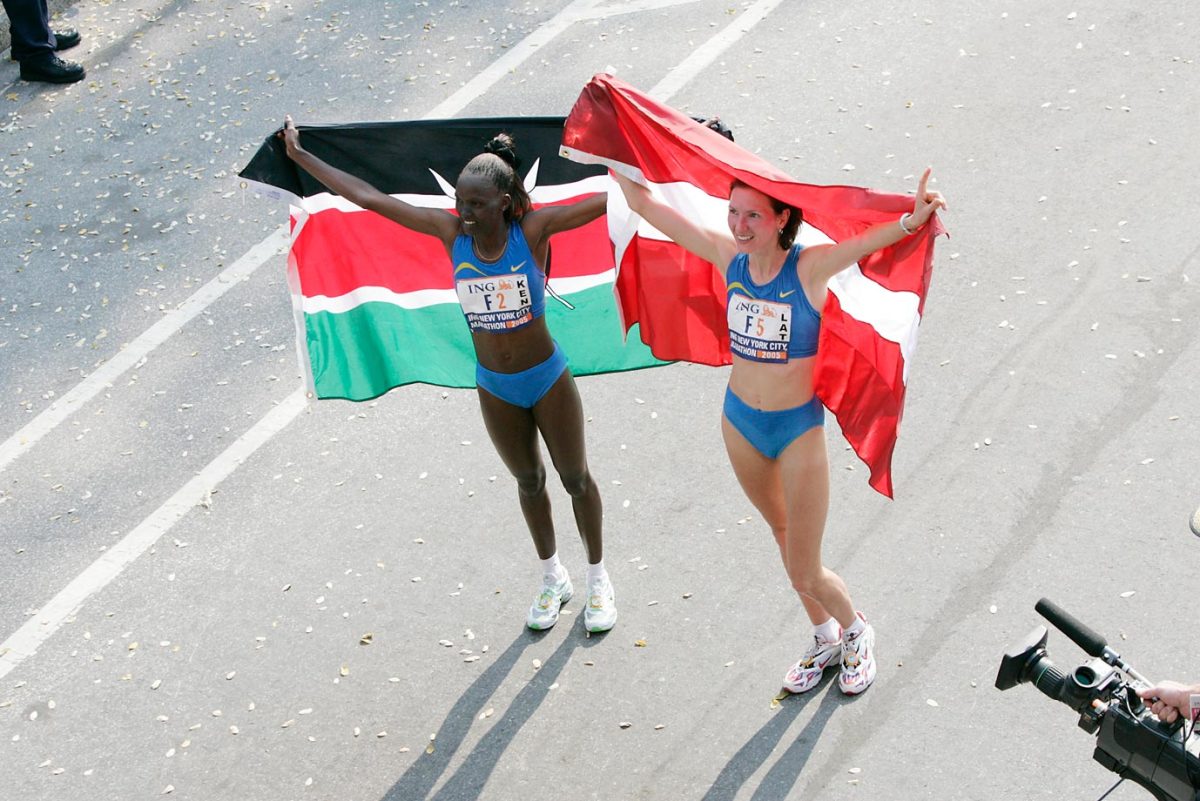
2007
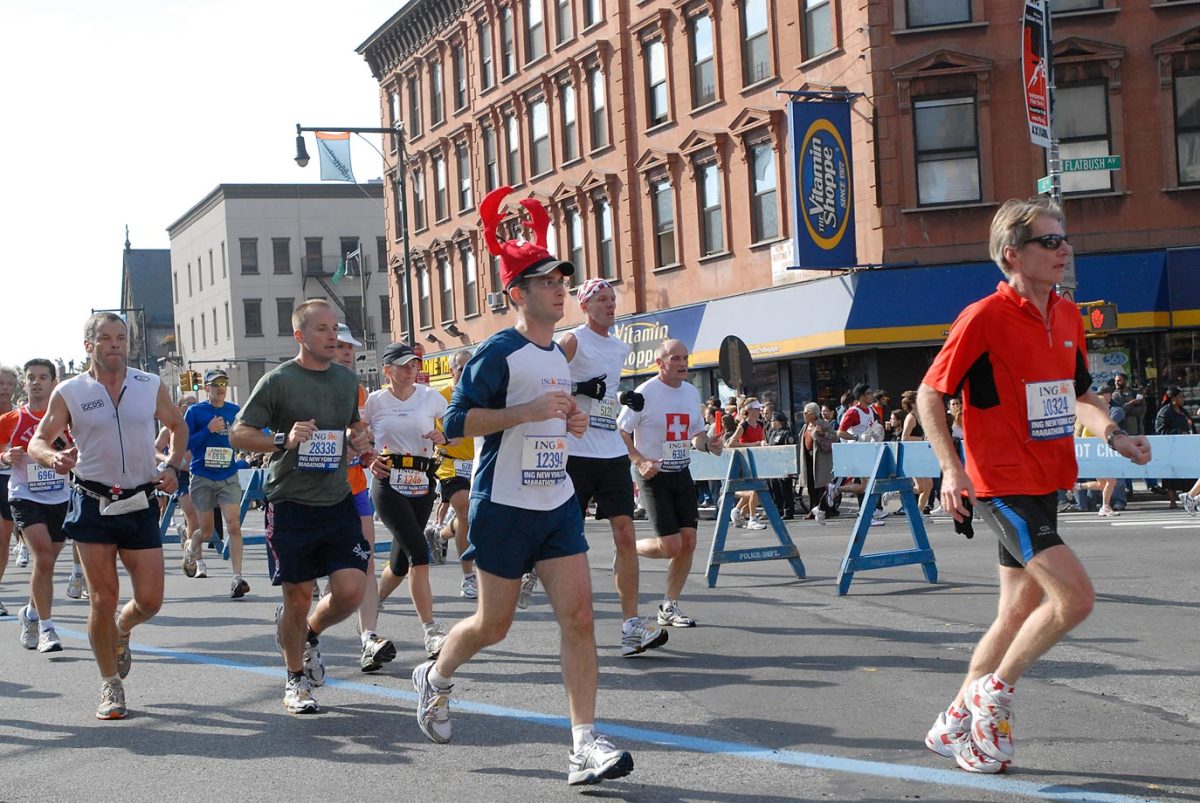
2007
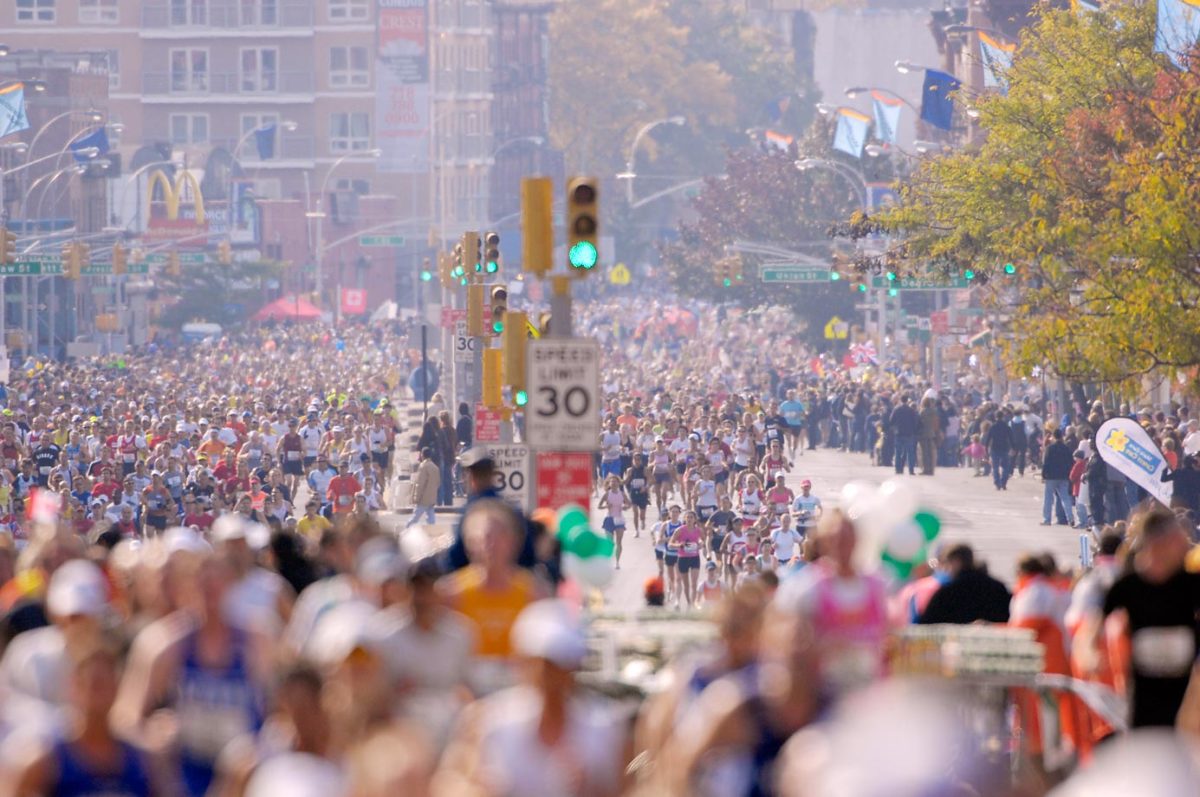
2008
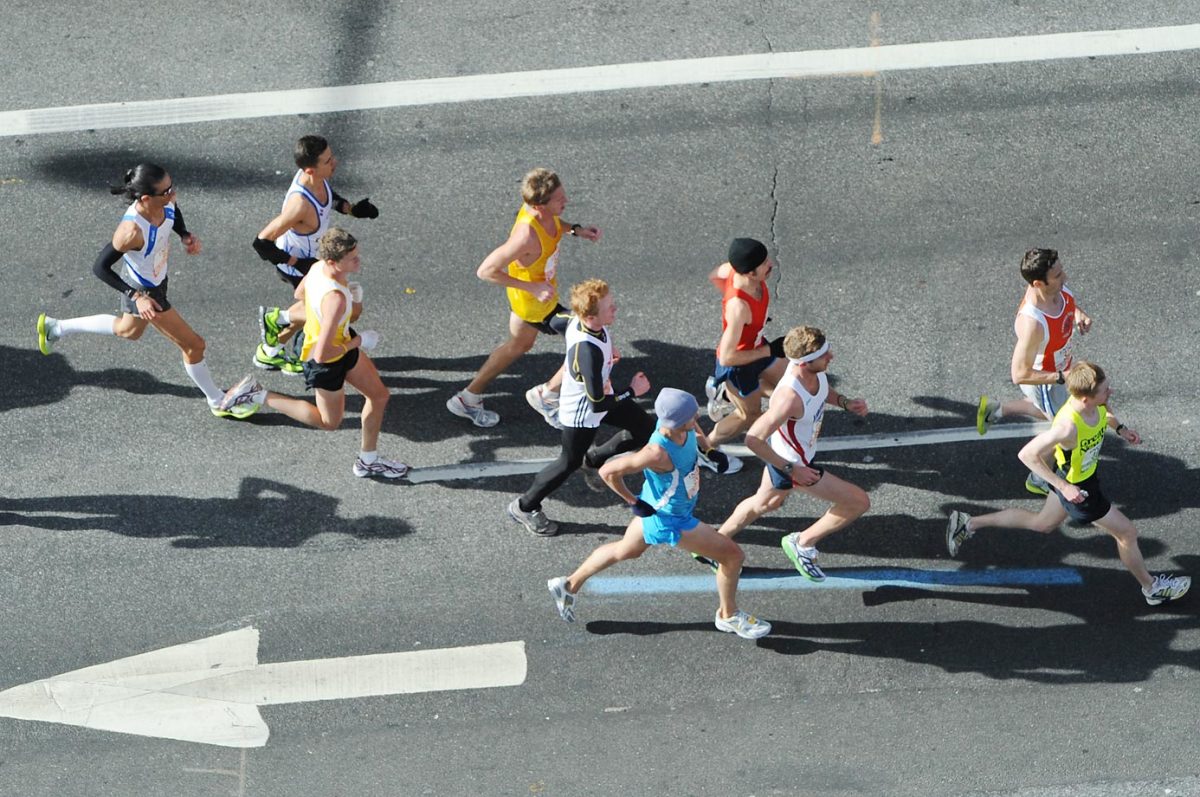
2008
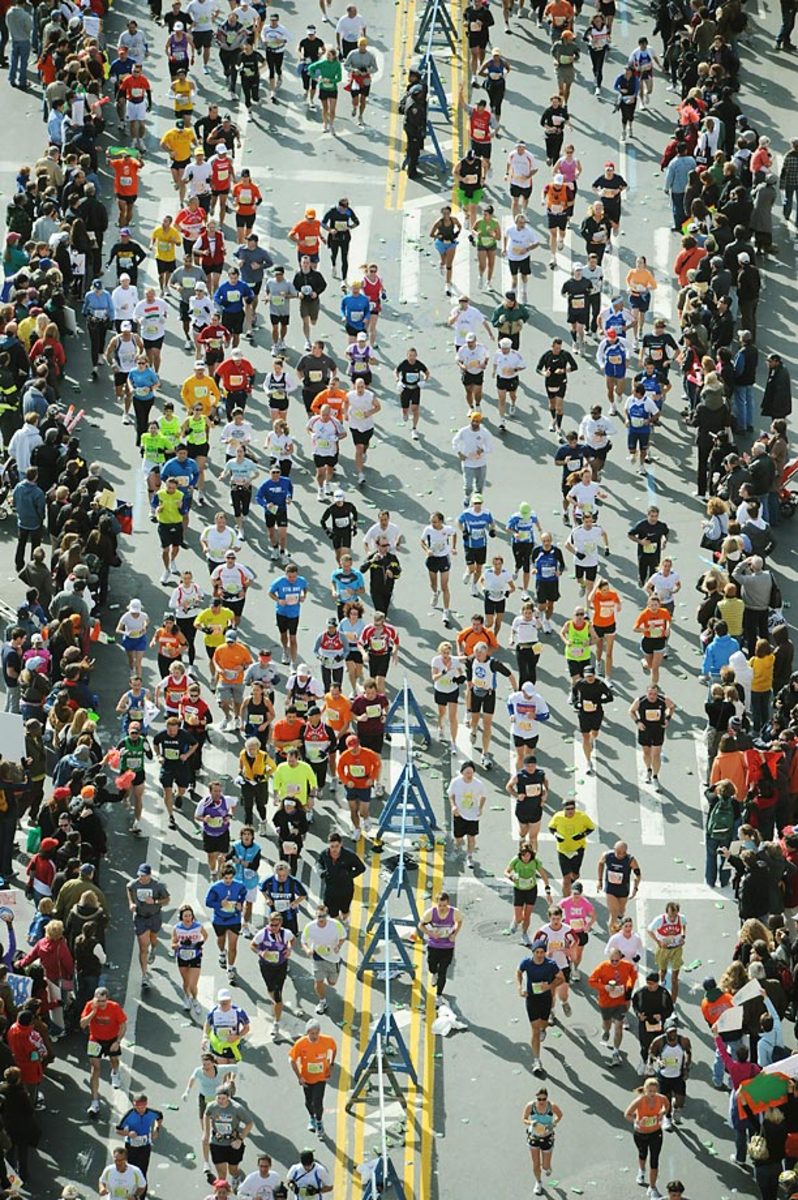
2008
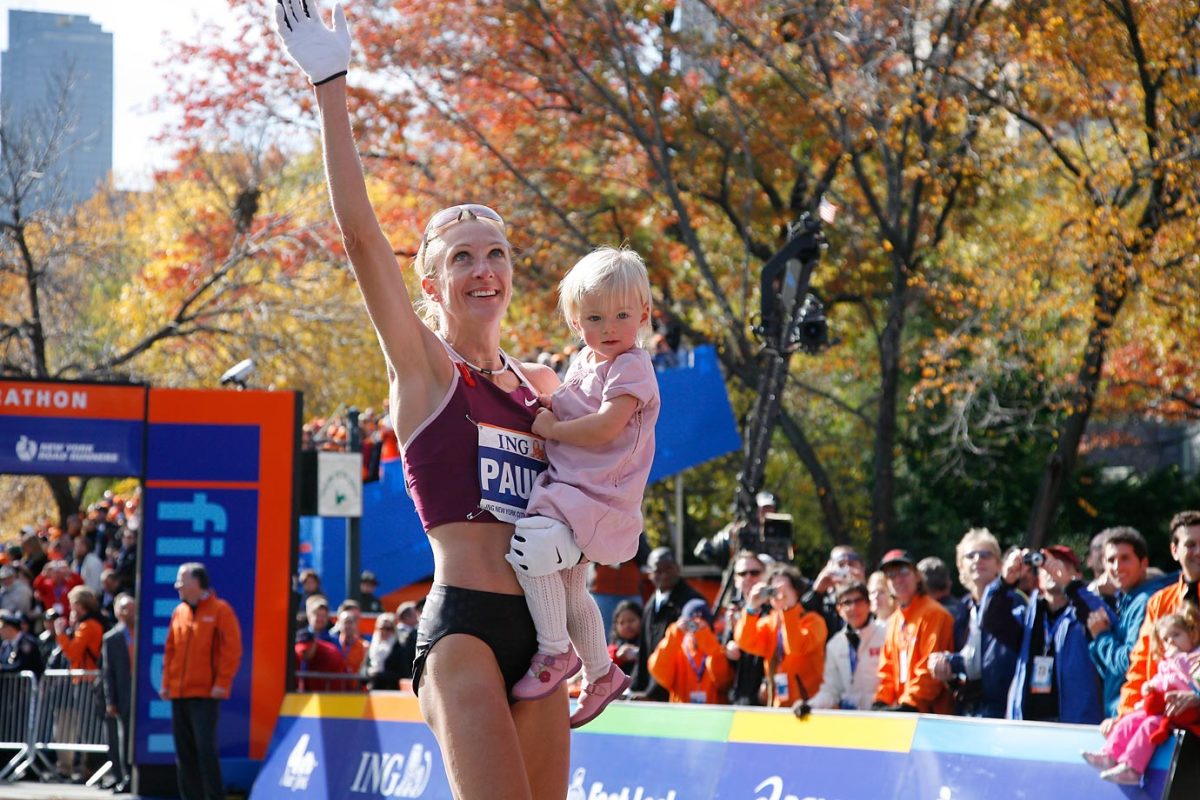
Paula Radcliffe.
2009
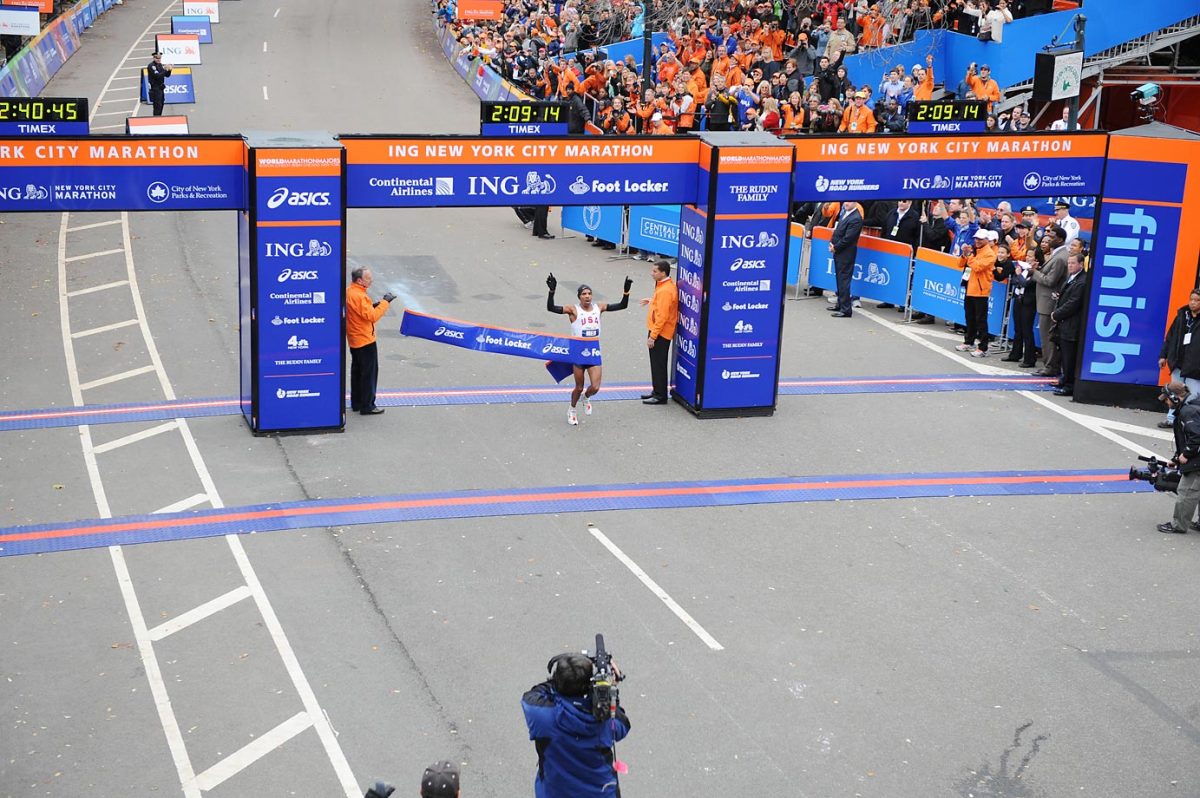
Meb Keflezighi of the U.S., crosses the finish line, becoming the first American to win the race since 1982. His time was 02:09:15.
2009
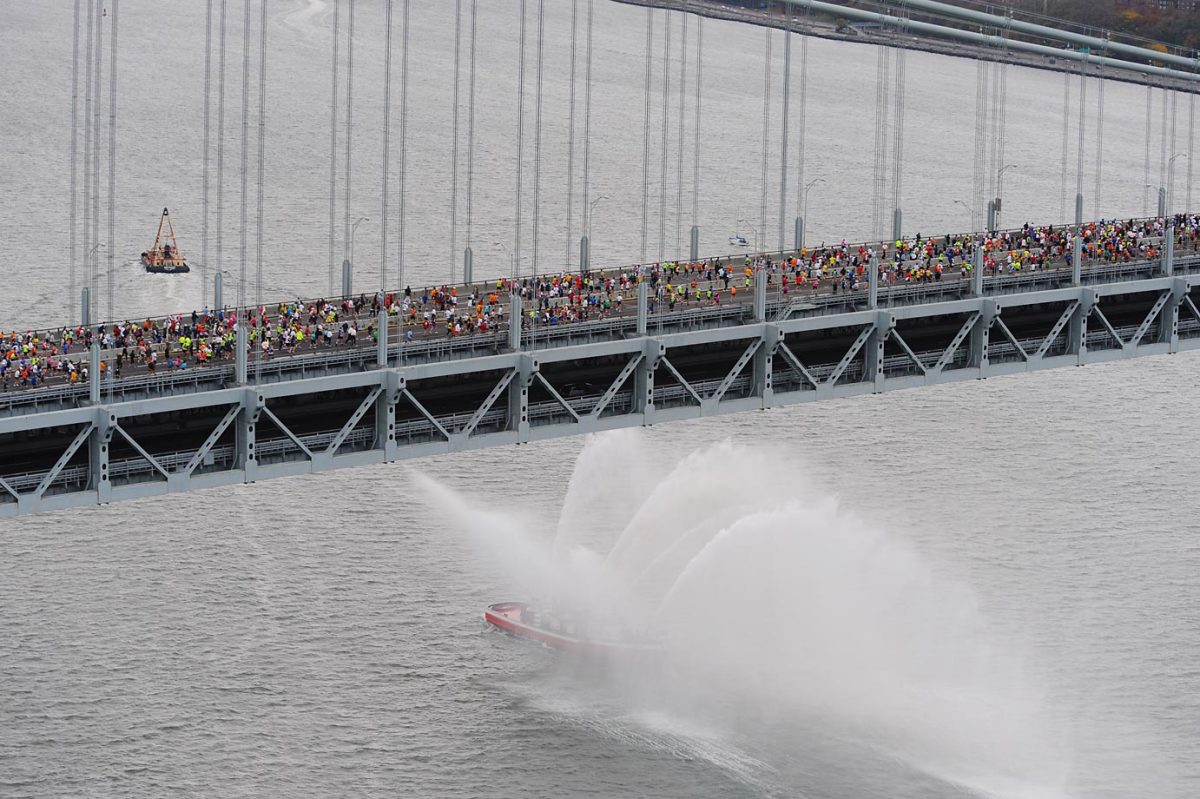
2009
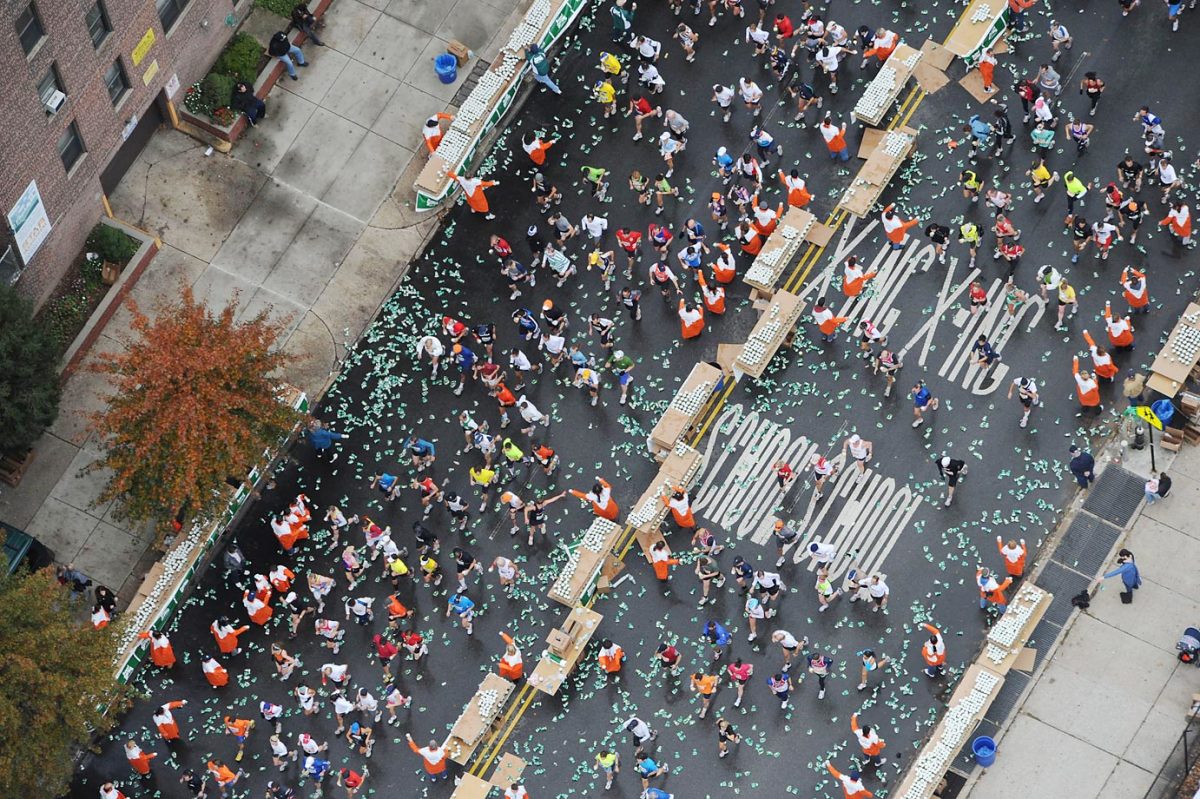
2009
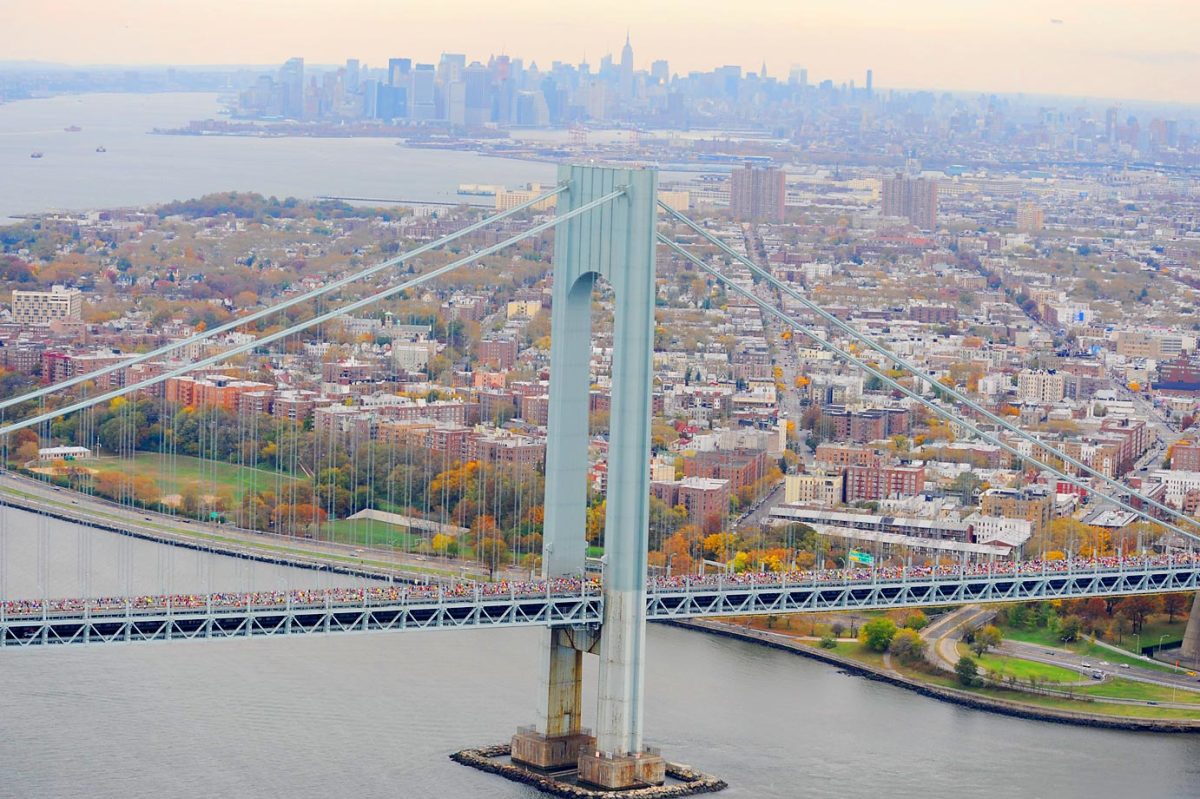
2009
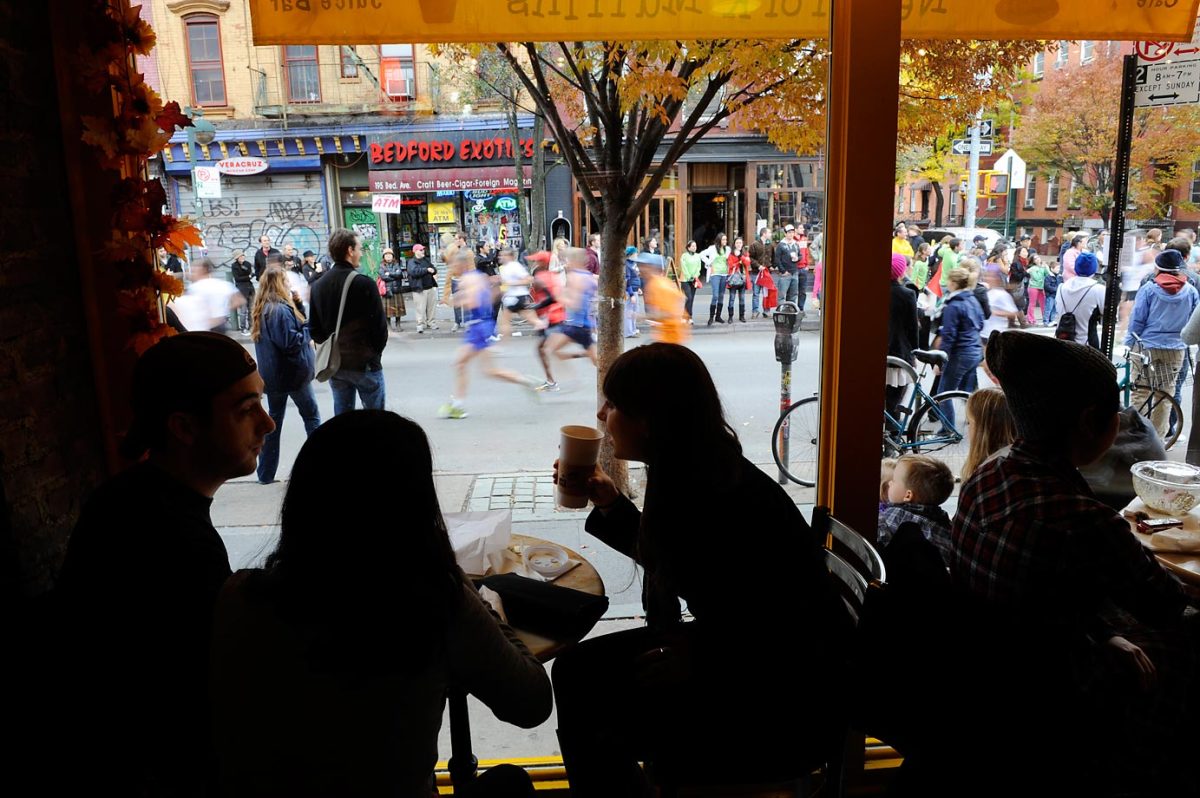
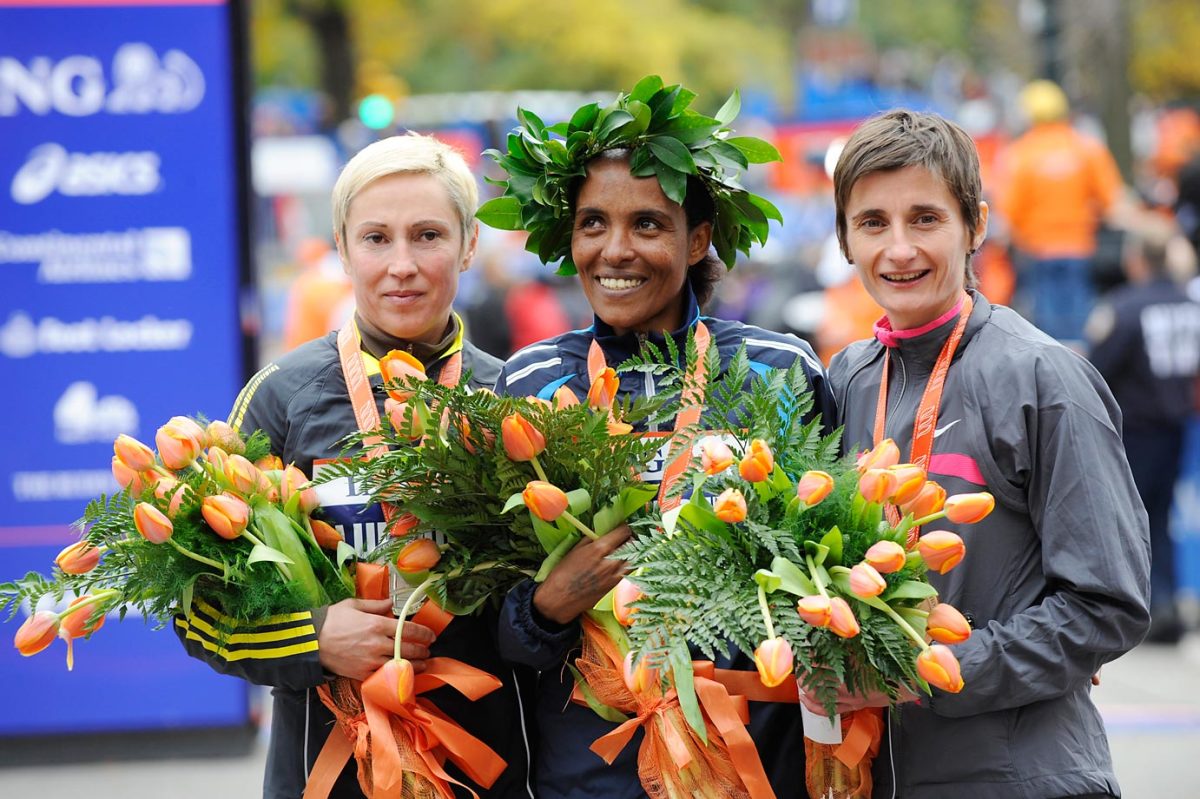
The top three finishers in the women's division, from left: Ludmila Petrova (2nd, 02:29:00) of Russia; Derartu Tulu ( 1st, 02:28:52) of Ethiopia; and Christelle Daunay (3rd, 02:29:16) of France.
2010
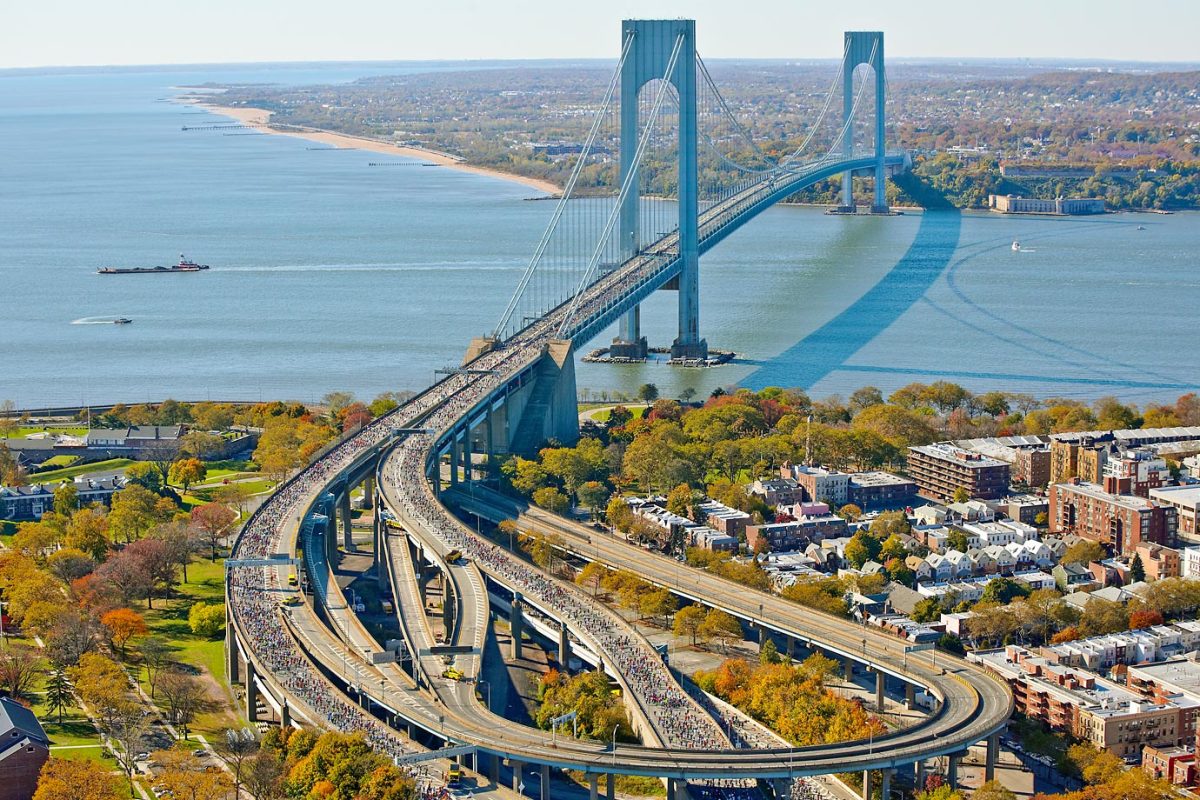
2010
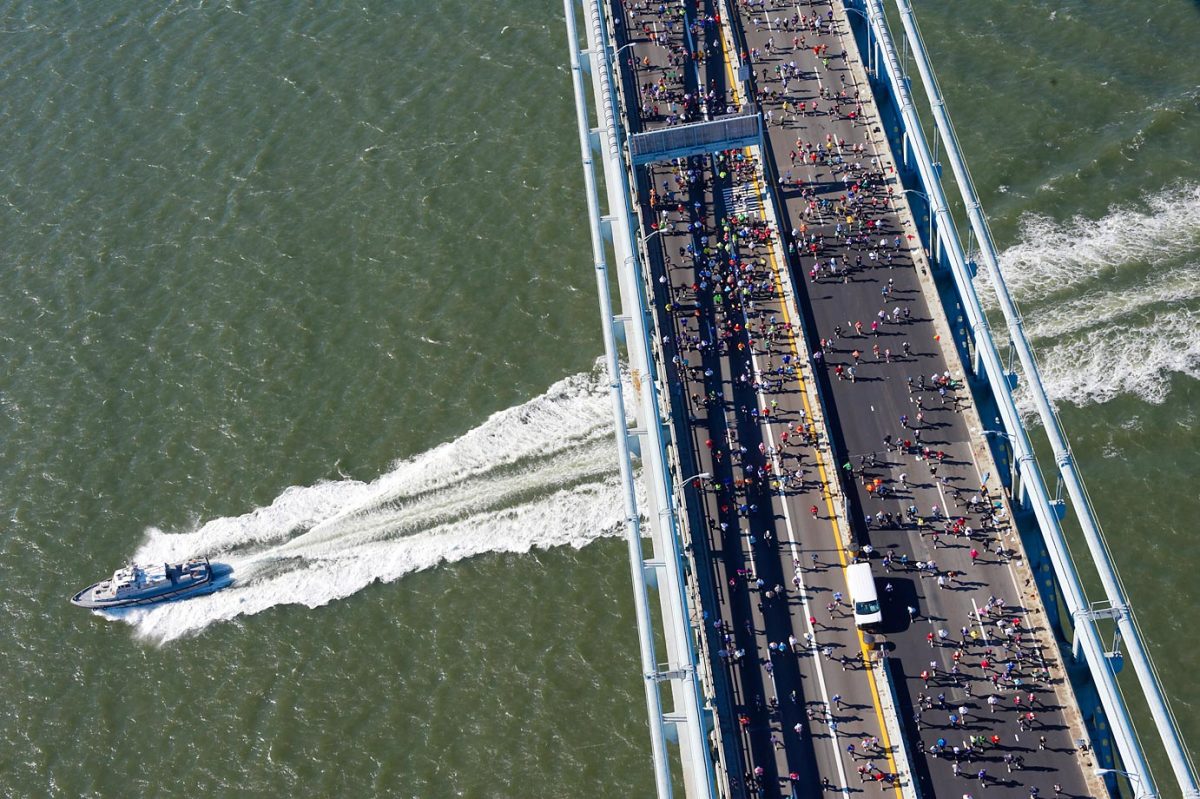
2010
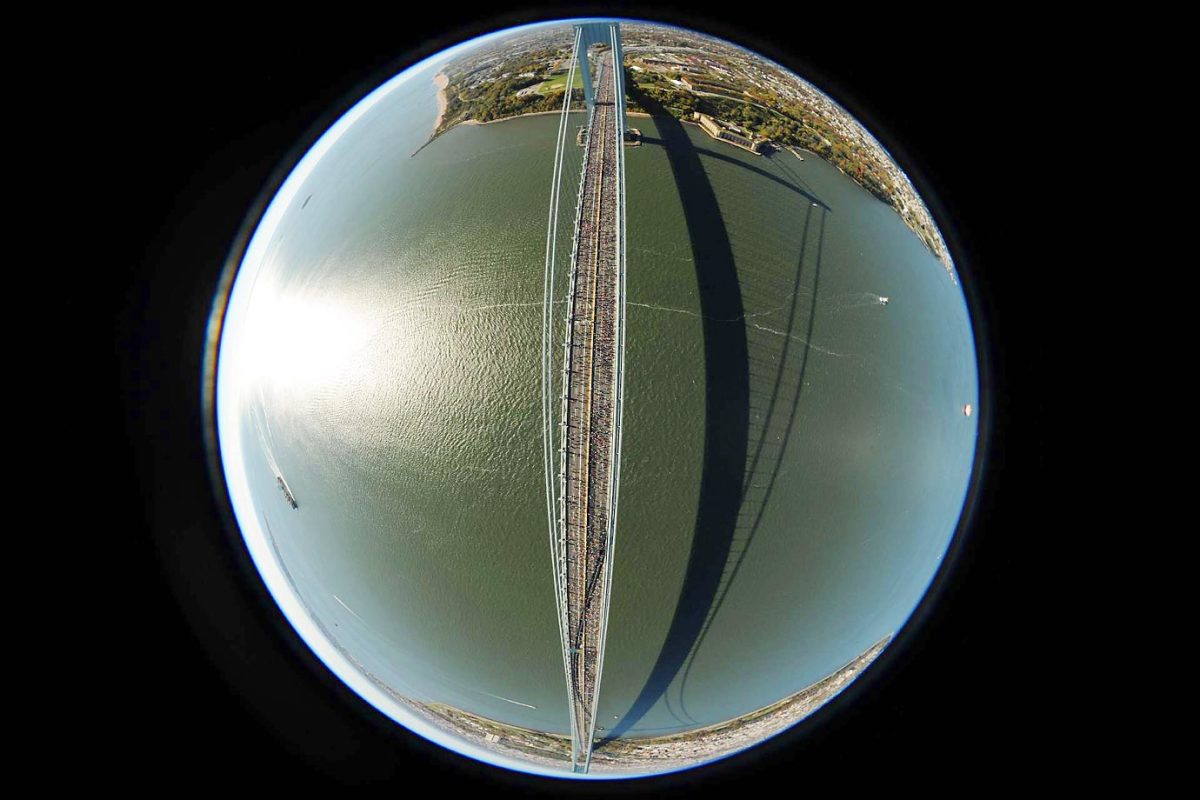
2010
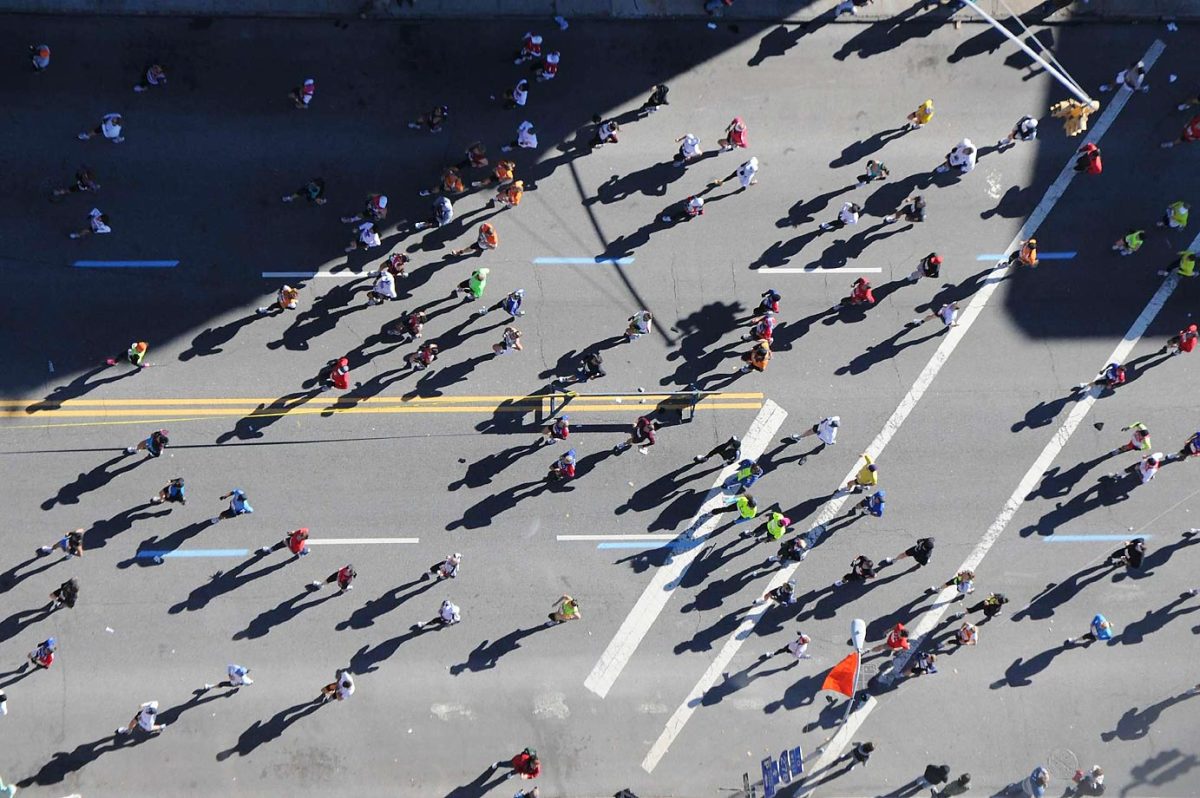
2010
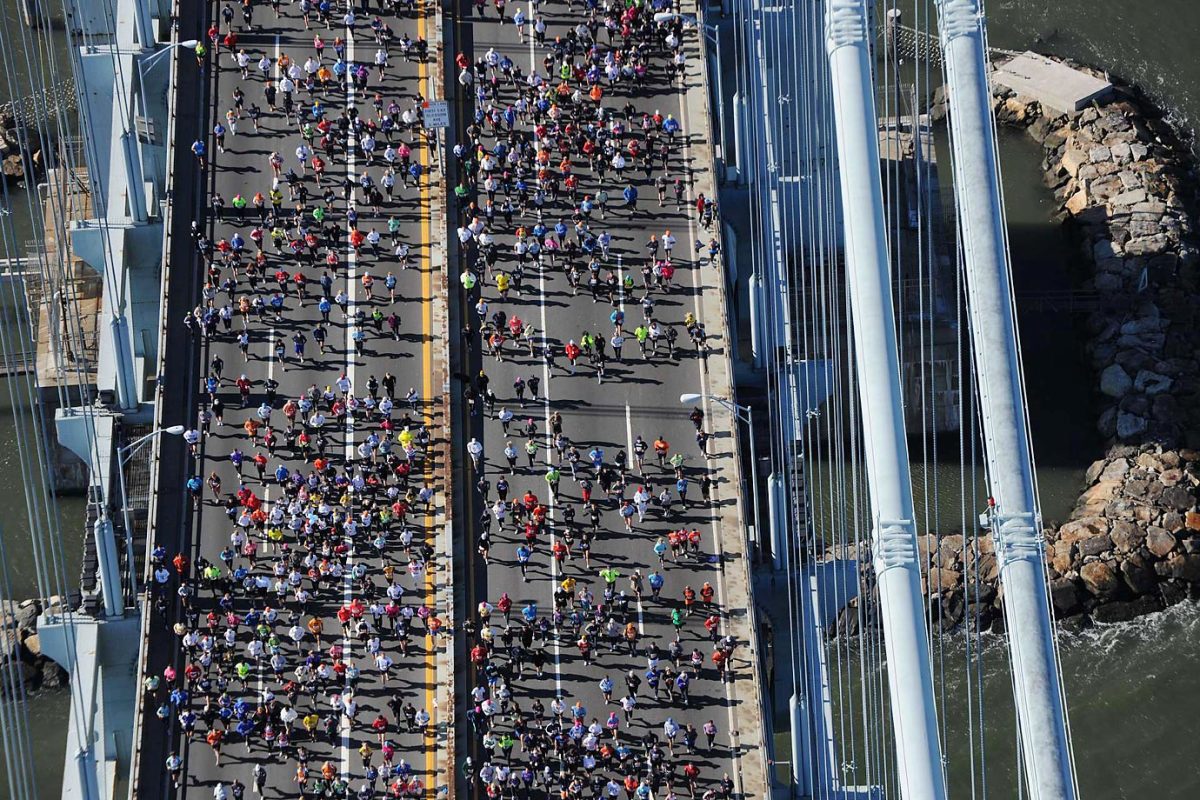
2011
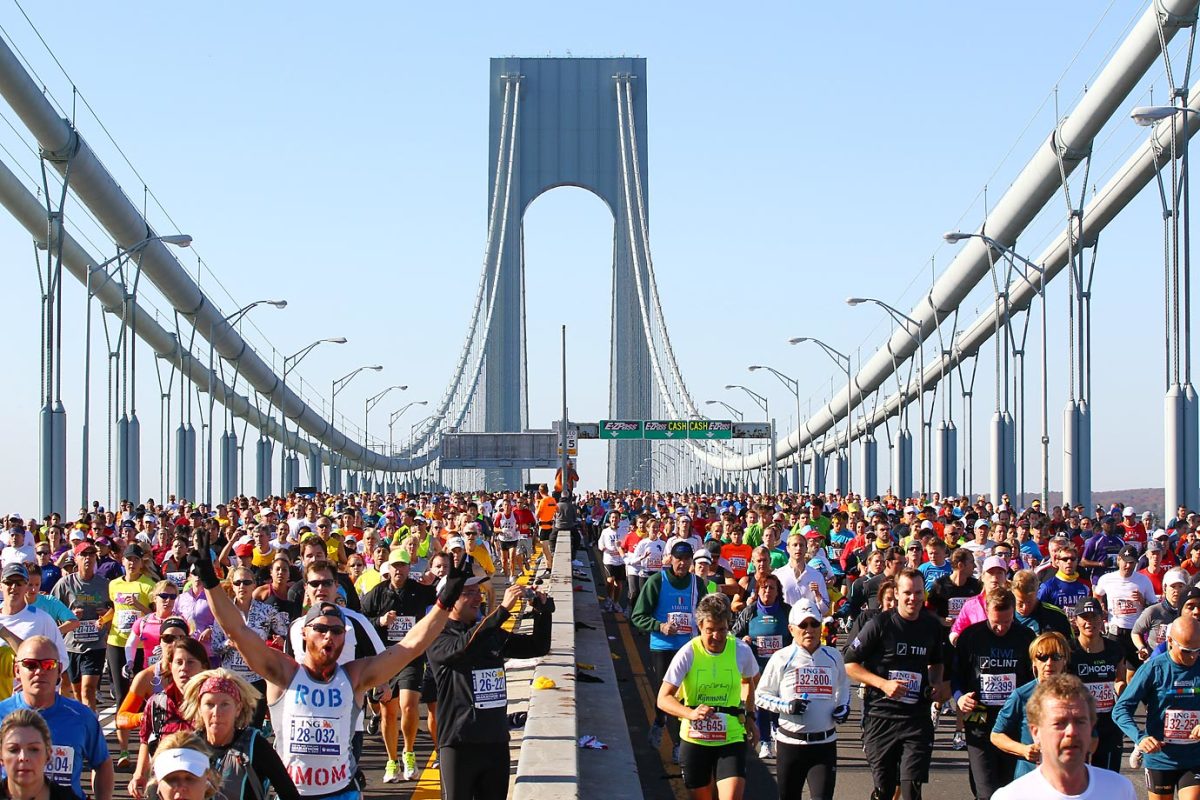
2011
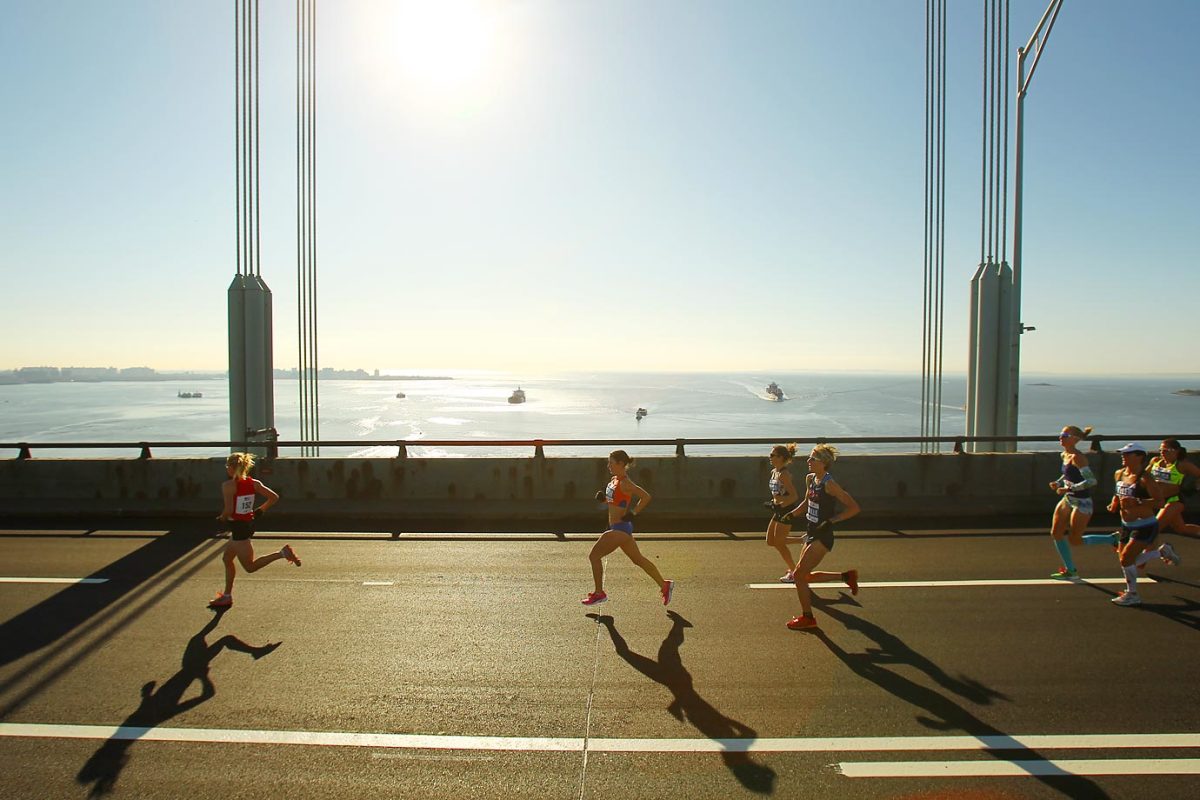
2013
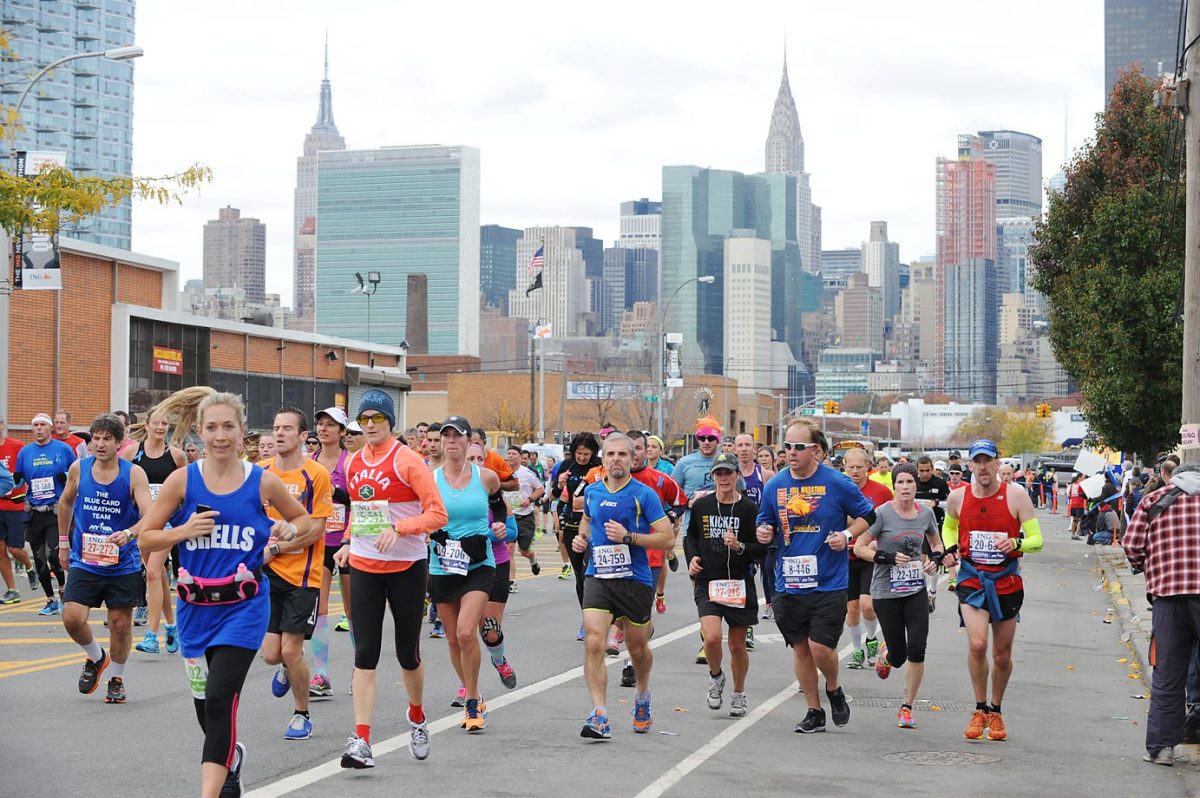
2013
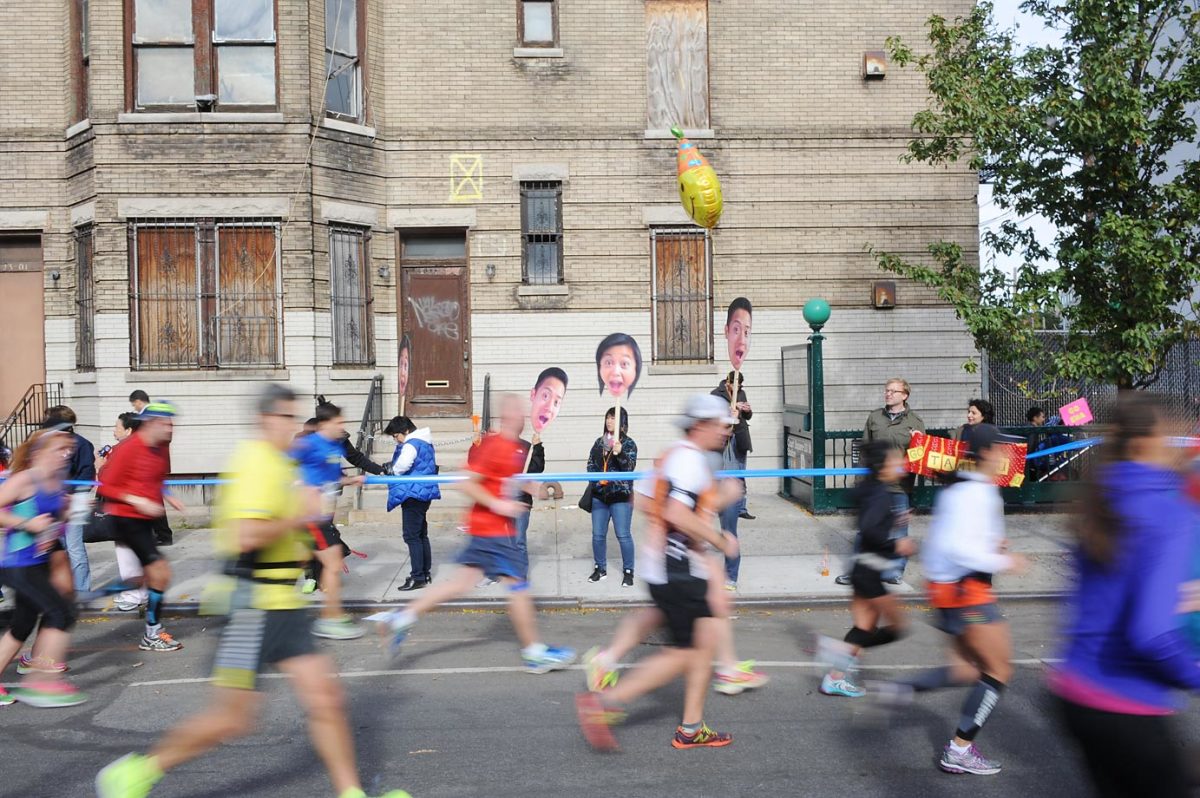
2013
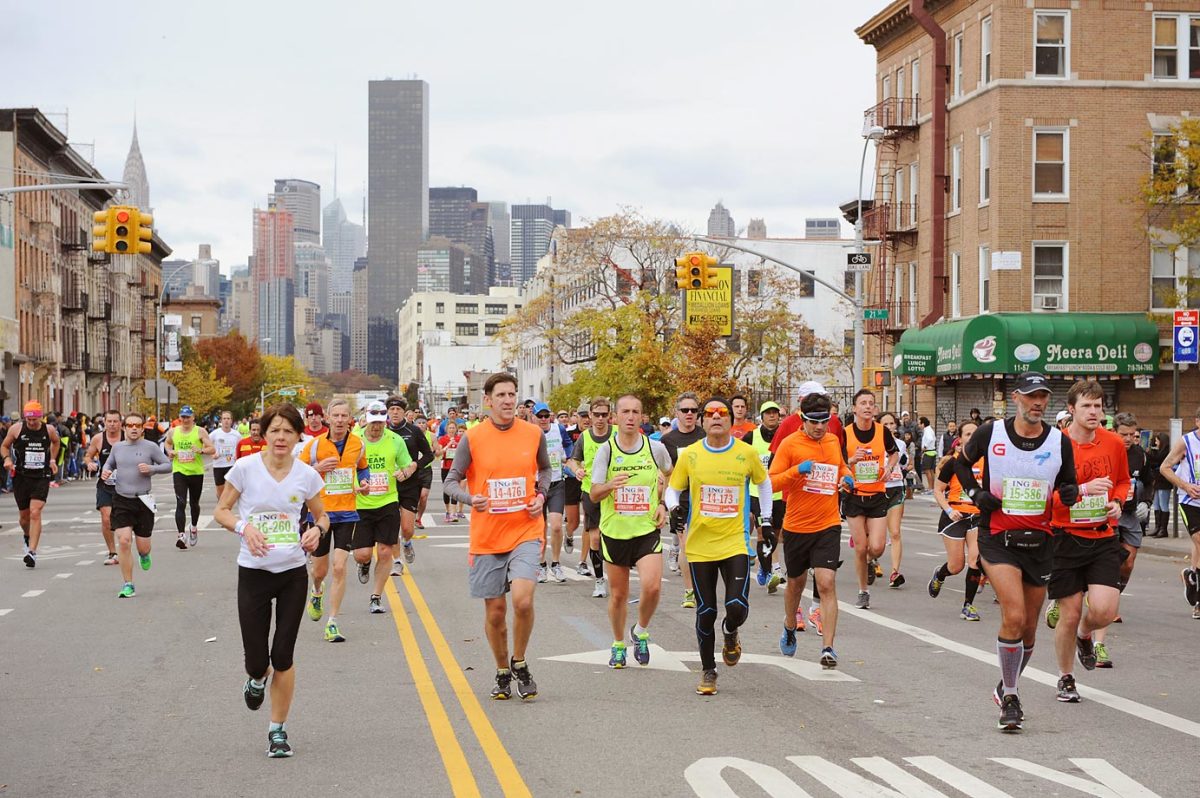
In tribute to his honor Mayor Bloomberg: running the New York City Marathon, any marathon, makes no sense at all. It is a Sisyphean undertaking. The chorus on this matter has grown, with Slate and FiveThirtyEight earlier loudly denouncing the race. (FiveThirtyEight decreed that the 5K—a little more than one-ninth of a marathon—was the ideal race.)
The argument goes something like this: The countless hours devoted to training (a common training plan takes 20 weeks, with something around 30 miles of running weekly, which, at a nine-minute pace, means 90 total hours of practice running) could surely be given over to an endeavor that bettered the community or created something of permanence. The same could be said of the dollars spent on entry fees and distance-runner paraphernalia. The whole venture is no less self-indulgent than Tim Tebow’s part-time pursuit of a baseball career.
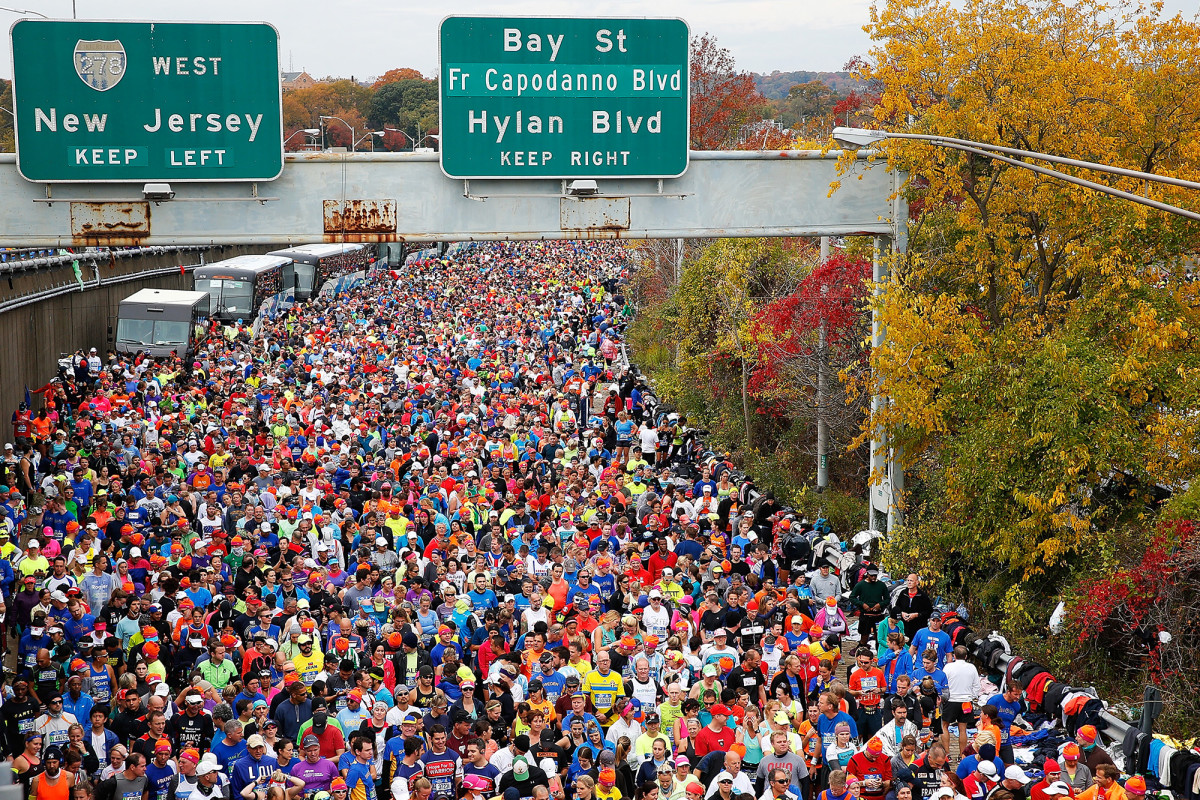
At the very least the runner could devote him or herself to a pursuit that does not ravage the body—make no mistake, training for a marathon puts heavy wear and tear on joints and tendons. While running does offer the expected cardiovascular and pulmonary benefits, those benefits tend to stop growing as the mileage does. Some running, we know, is better than no running; it’s unclear if a lot of running is better than some running. And owing to the unpredictability of the training body’s metabolism, many who build themselves up for marathons end up gaining weight.
Training after 50: Dan O'Brien dispels the myths about exercise for older adults
Conditions seem to get no more pleasant when it comes time for the marathoner finally to run the race. As Dan Engber reports in Slate, up to one in 12 runners seeks medical attention during the race, with almost 80% of racers experiencing gastrointestinal distress and another sizable cohort experiencing dermatological trauma along the lines of “jogger’s toe” or “jogger’s nipples.” (A name just as delightful as the condition it describes.)
Perhaps upon completion of the race—and, over the last three years, 99% of those who started the marathon have finished it—the runner feels a sense of satisfaction and accomplishment so grand it overwhelms the inevitable ensuing soreness. Perhaps his swelling pride mitigates the literal swelling. Perhaps he figures that marathon naysayers couldn’t possibly know whereof they speak. Well, how do you think Sisyphus got stuck rolling that boulder up a hill for eternity? He, too, believed he knew better than everyone else.
